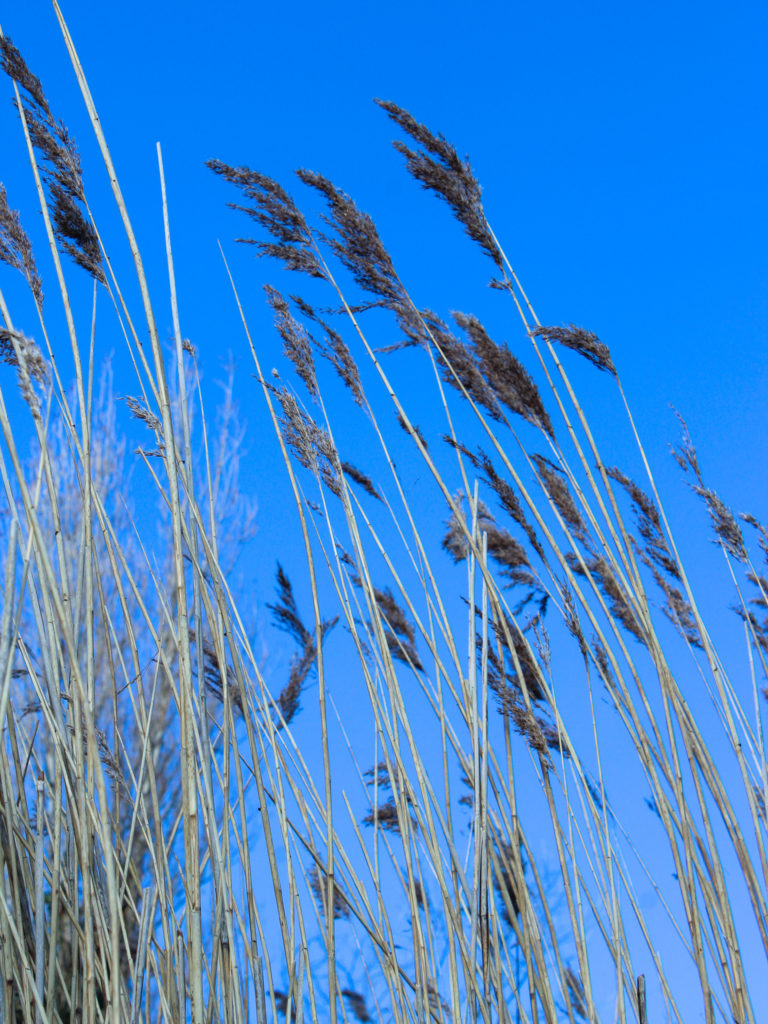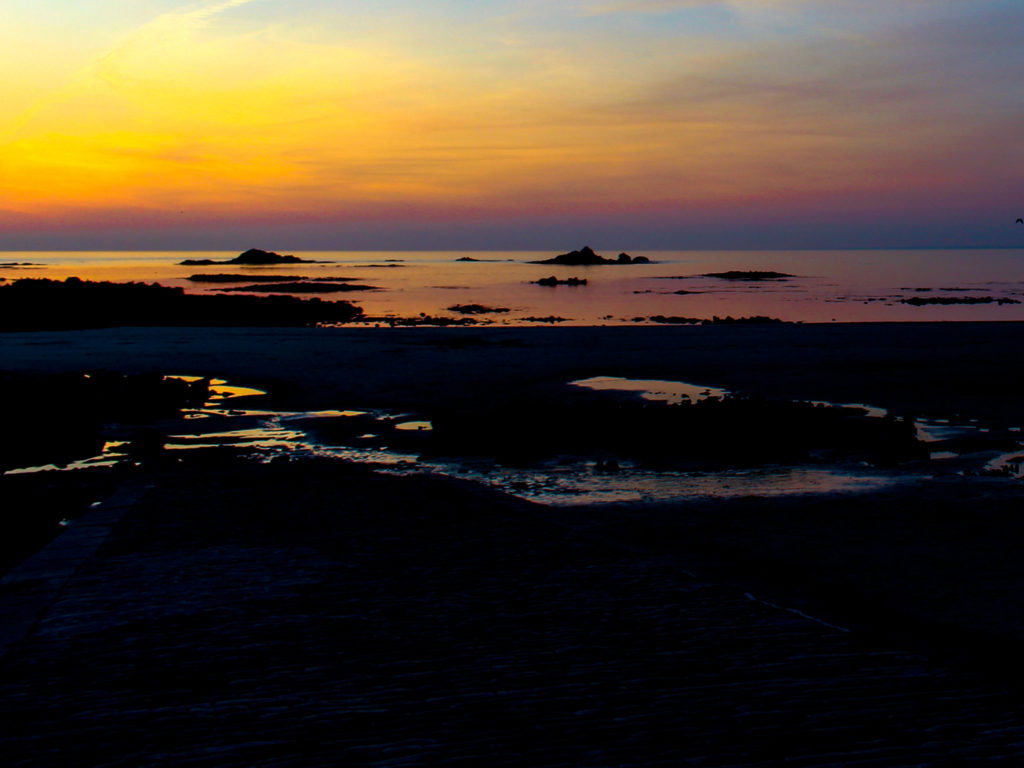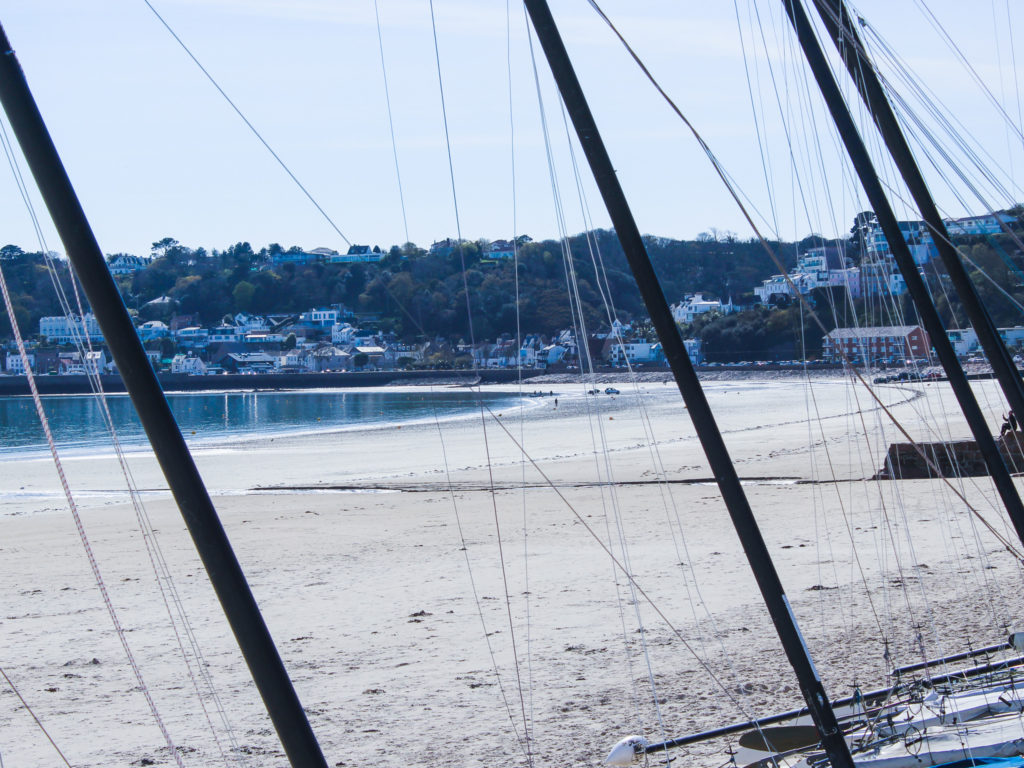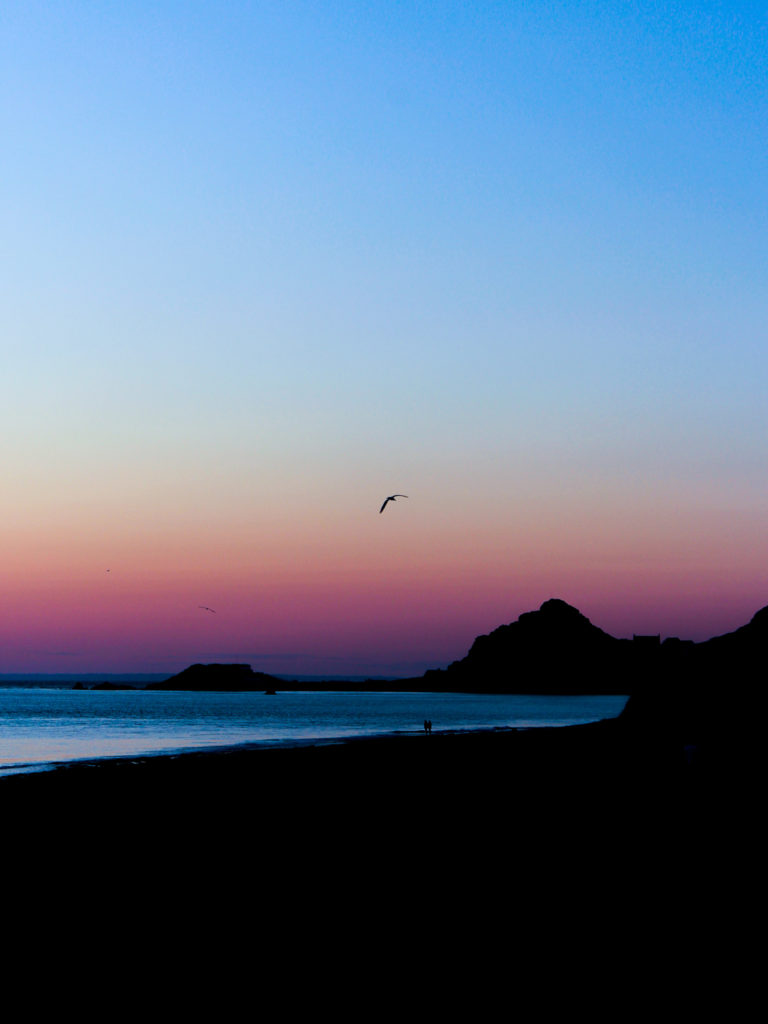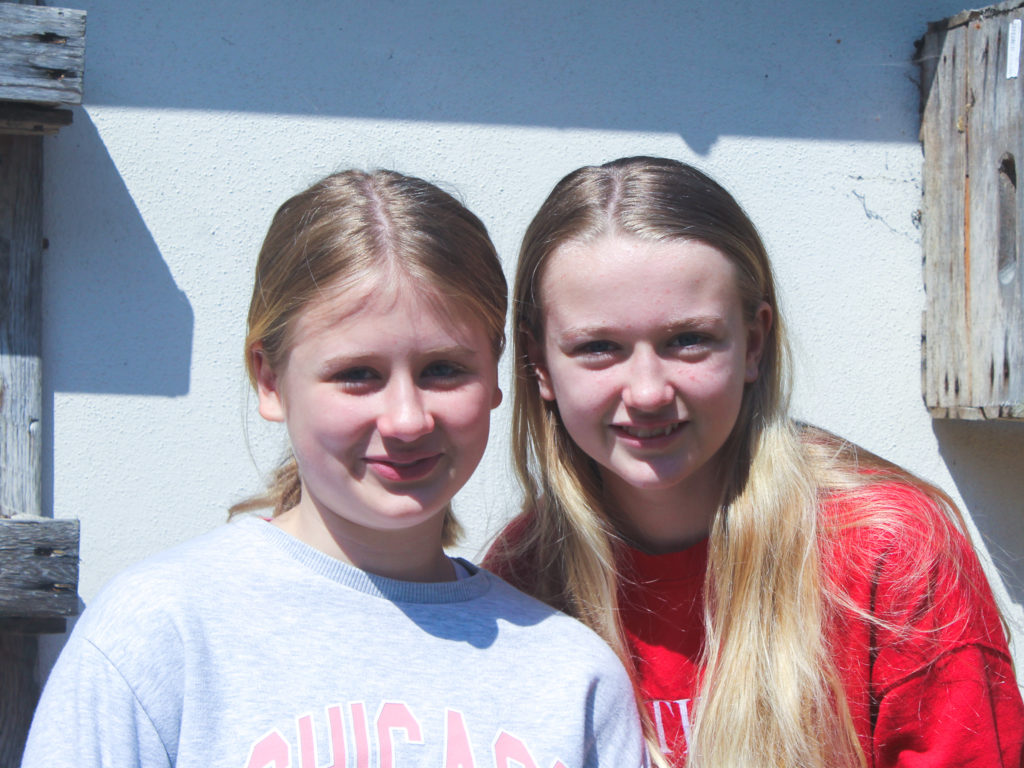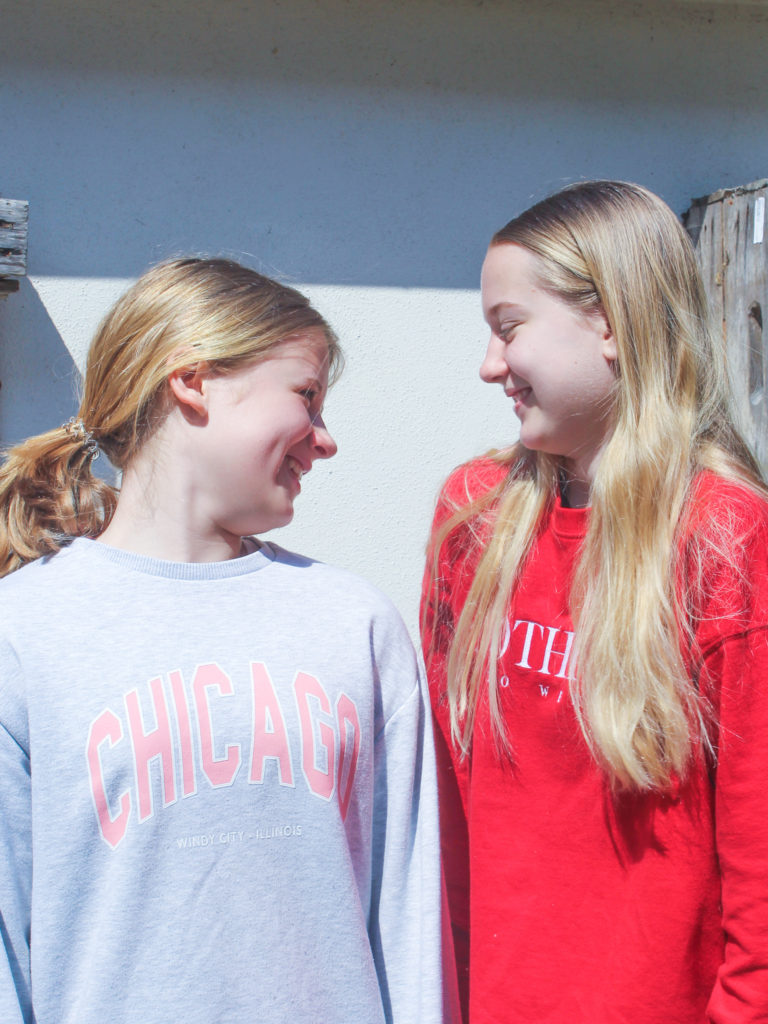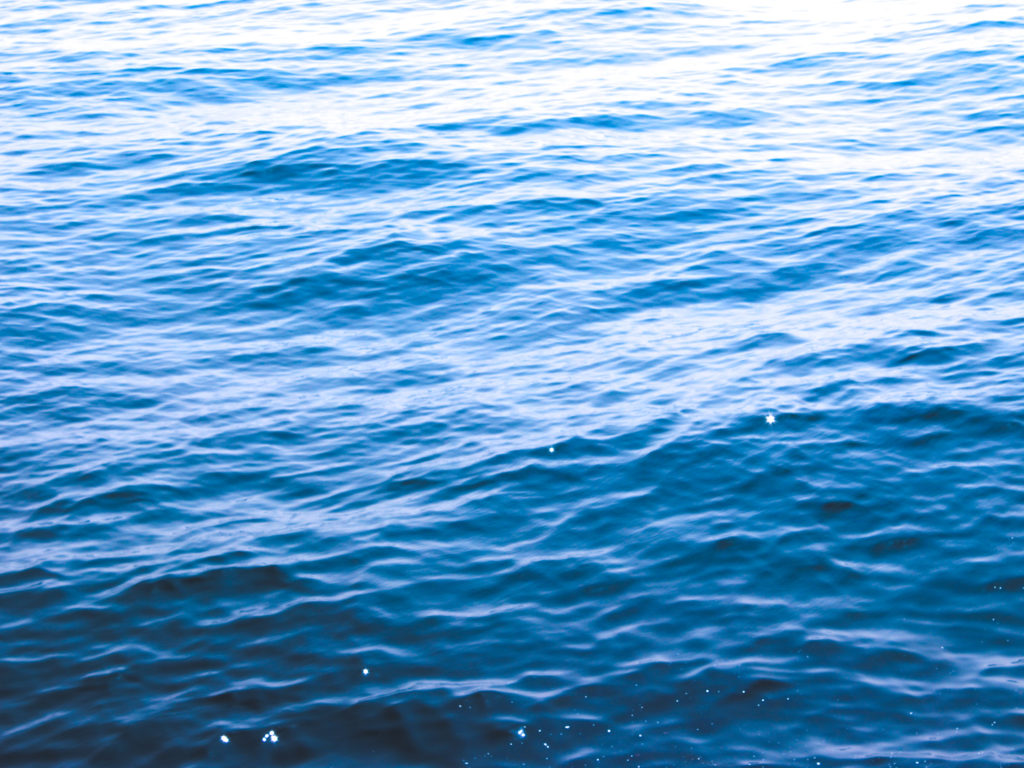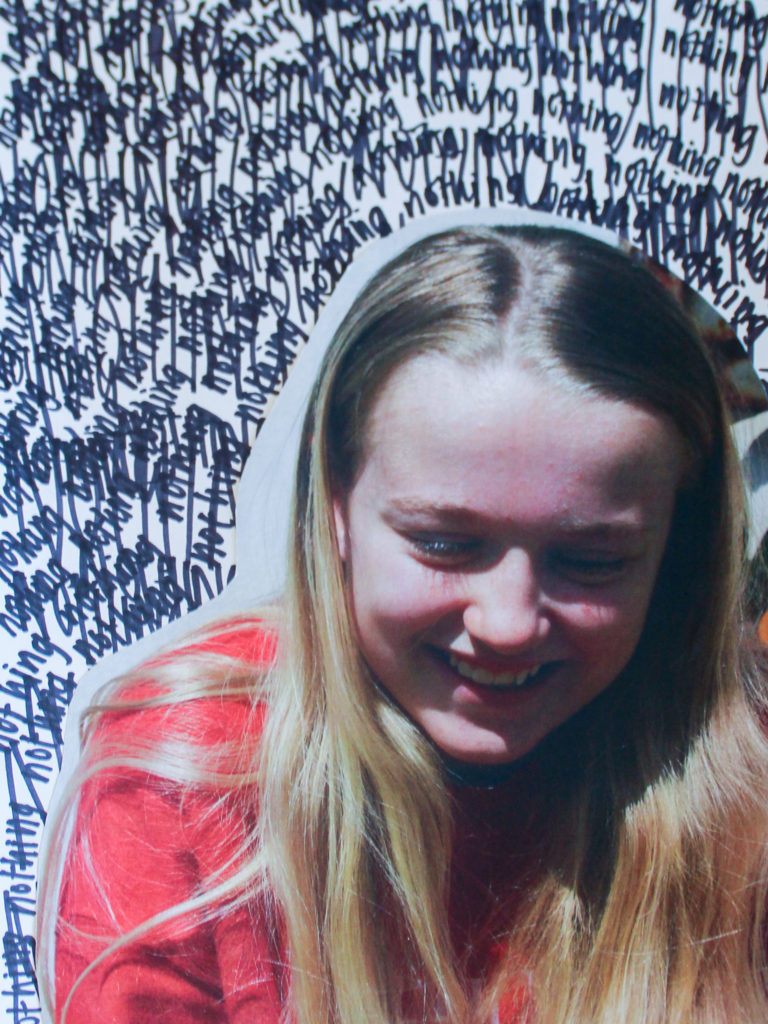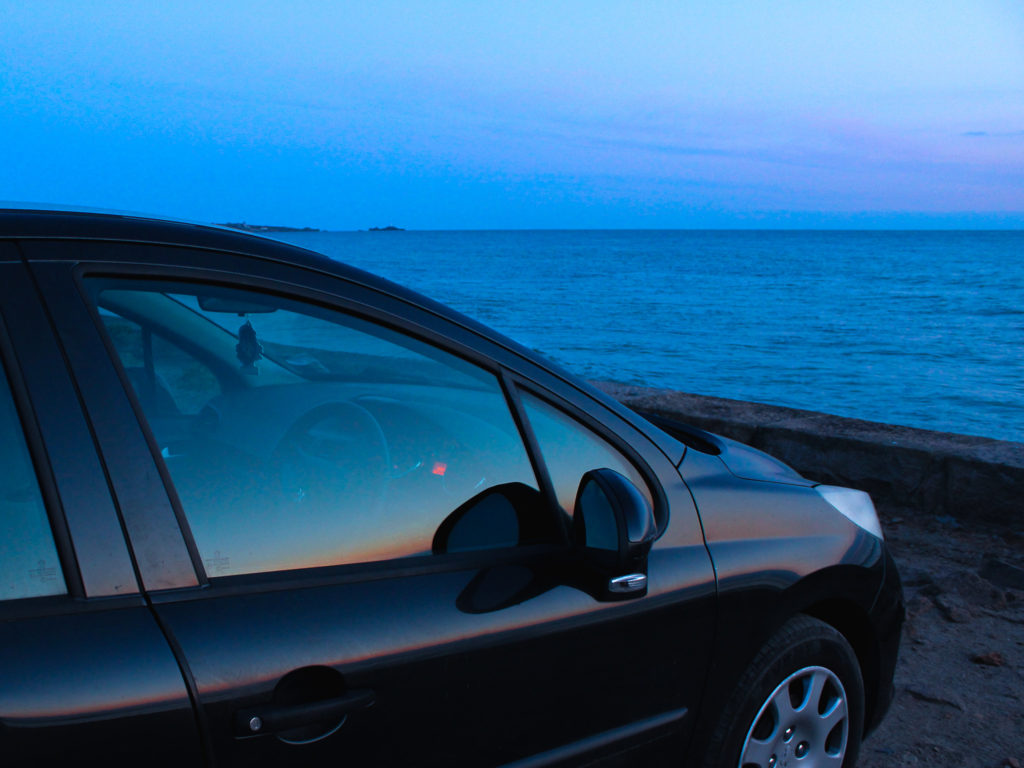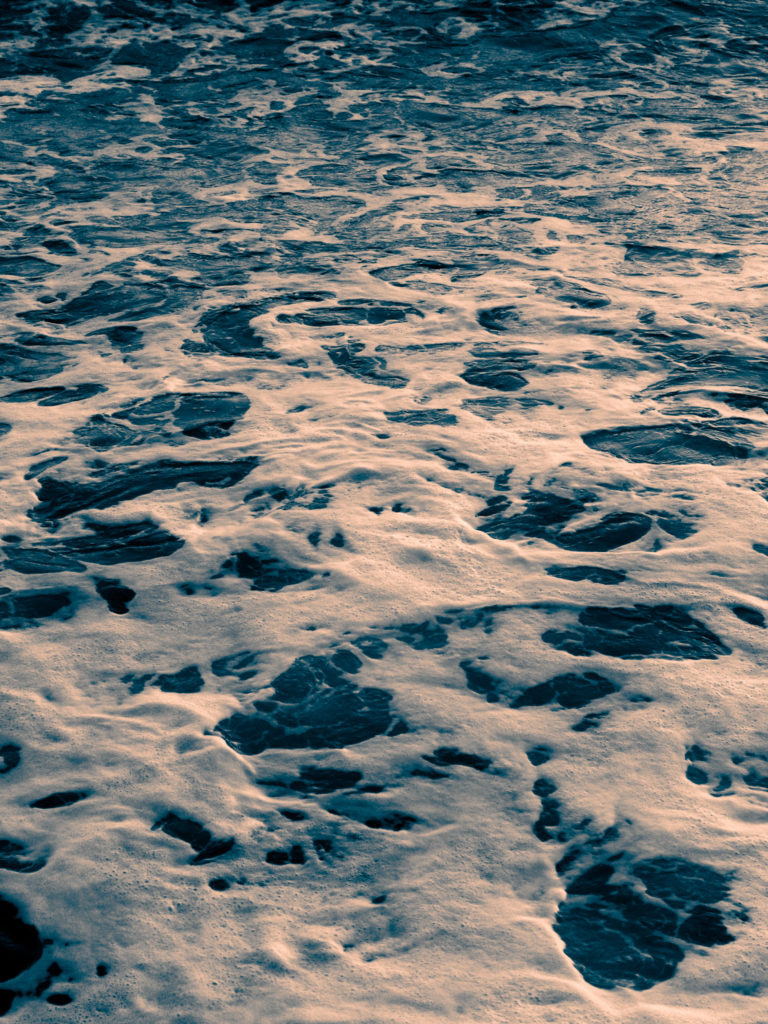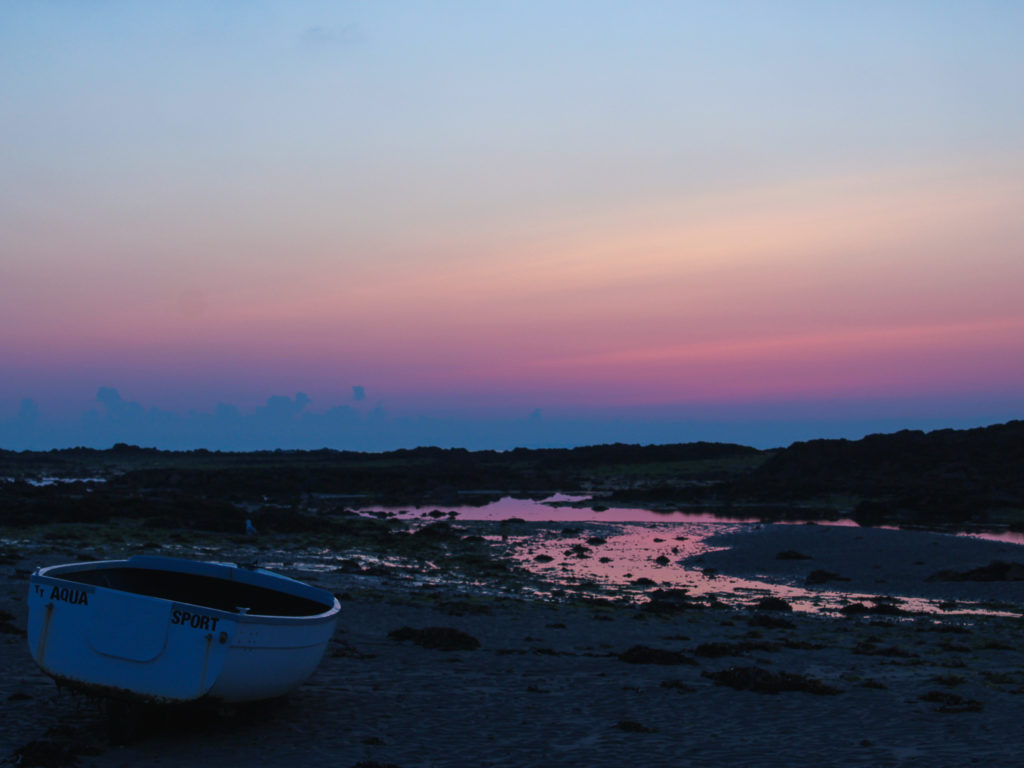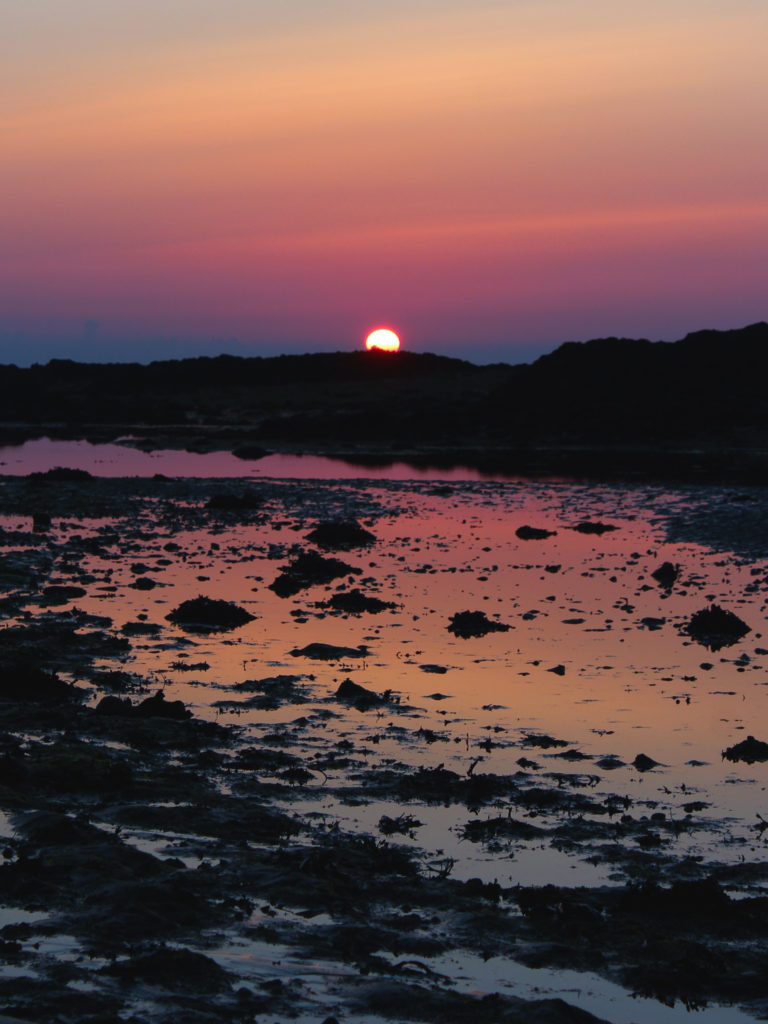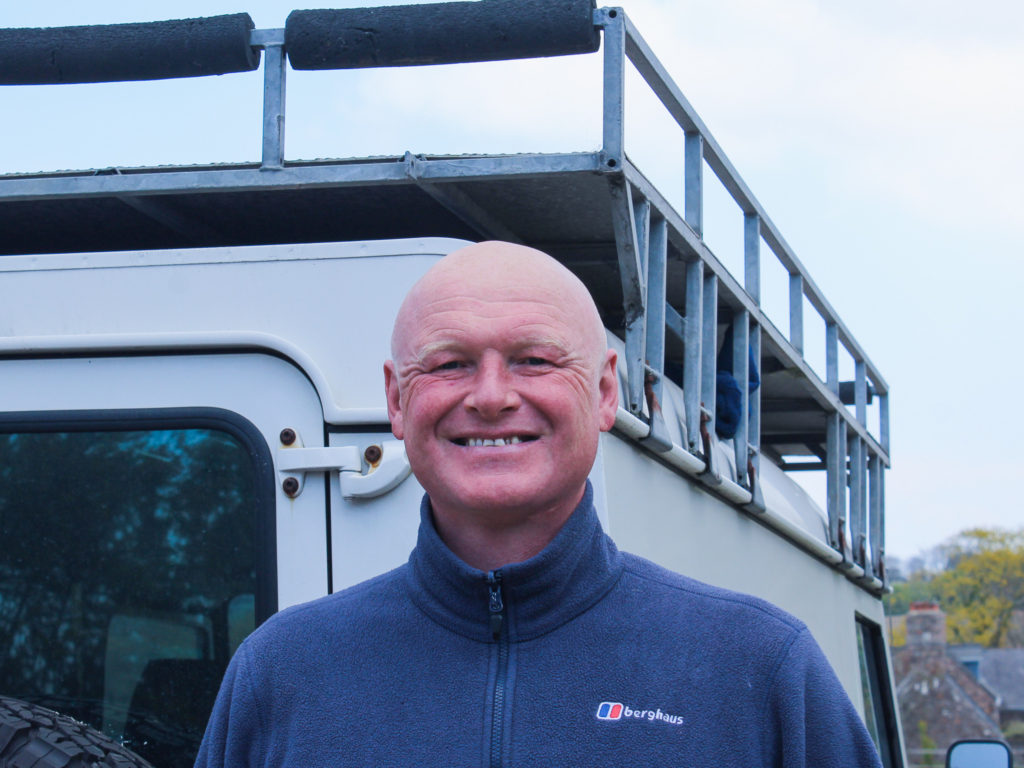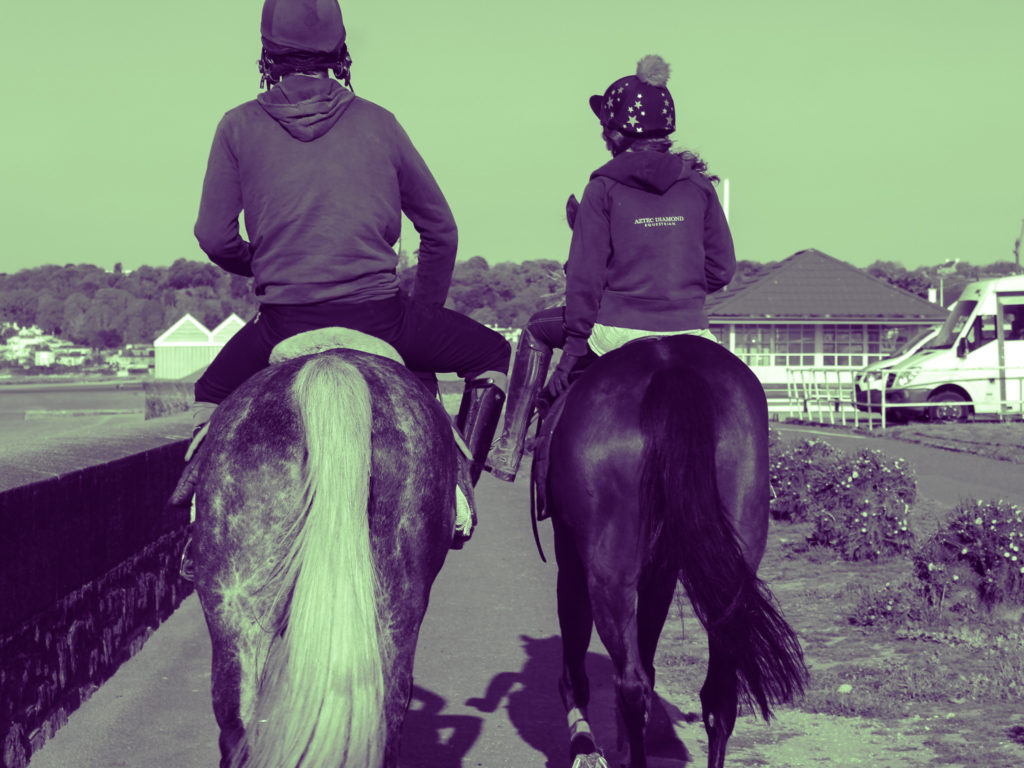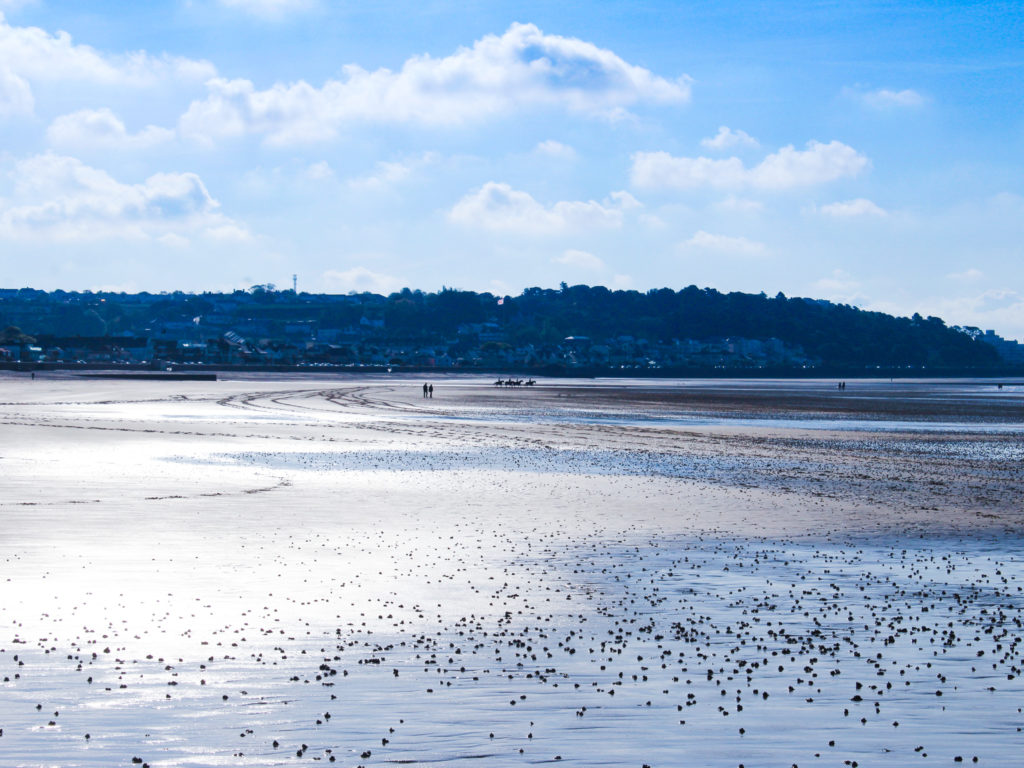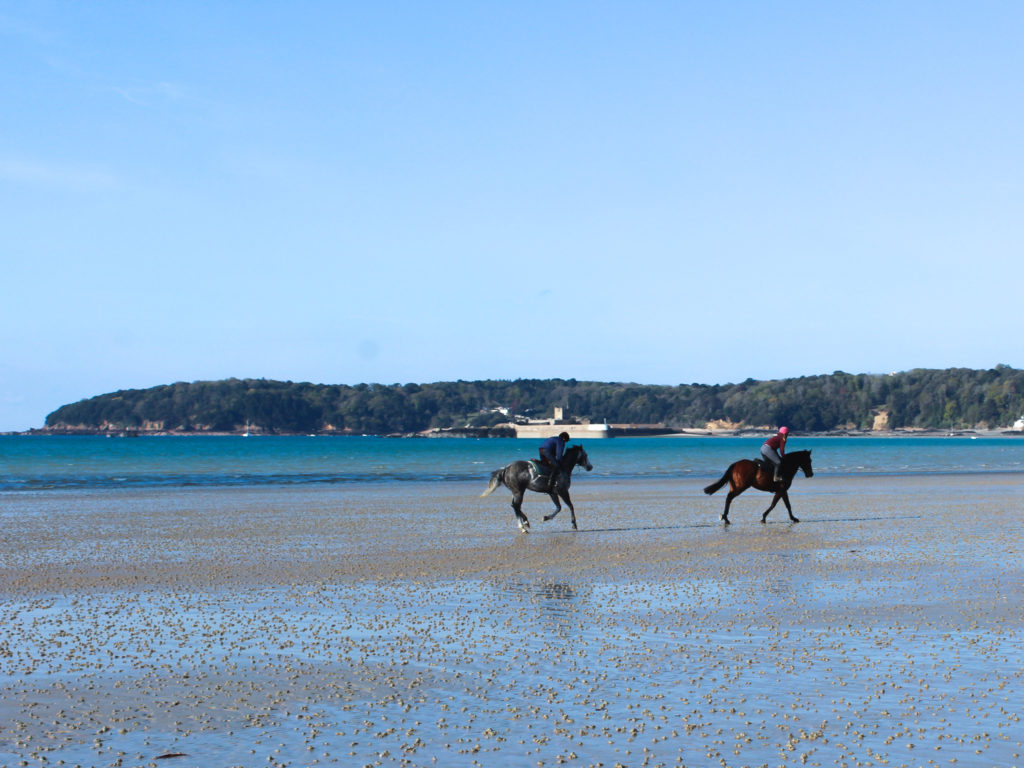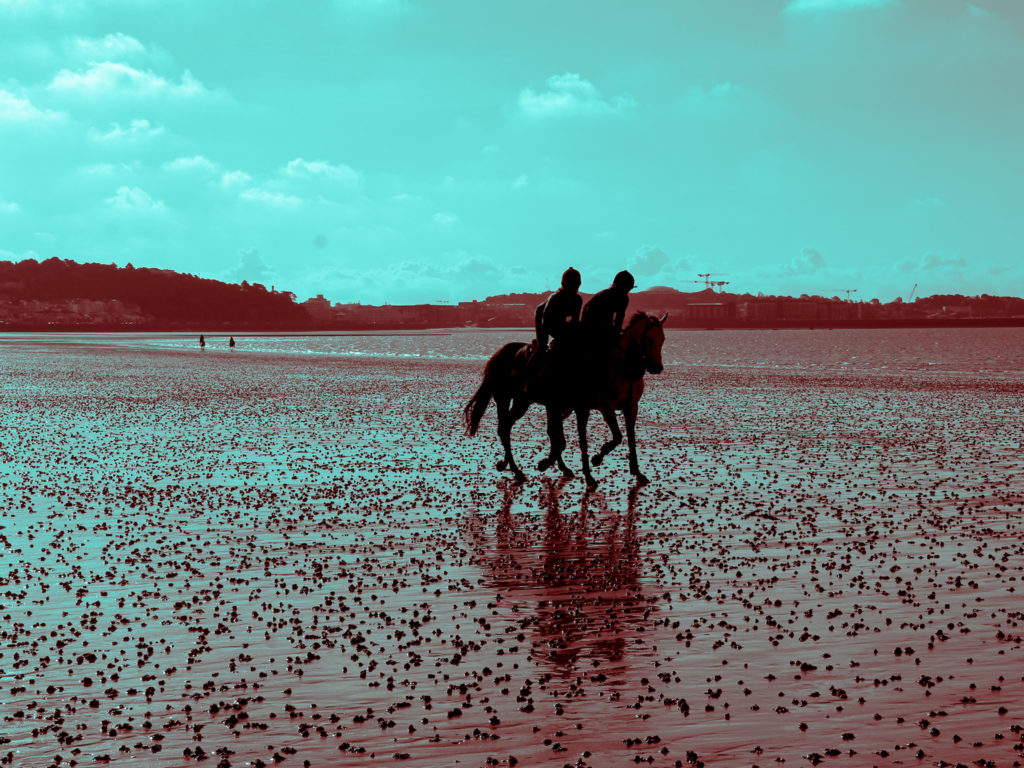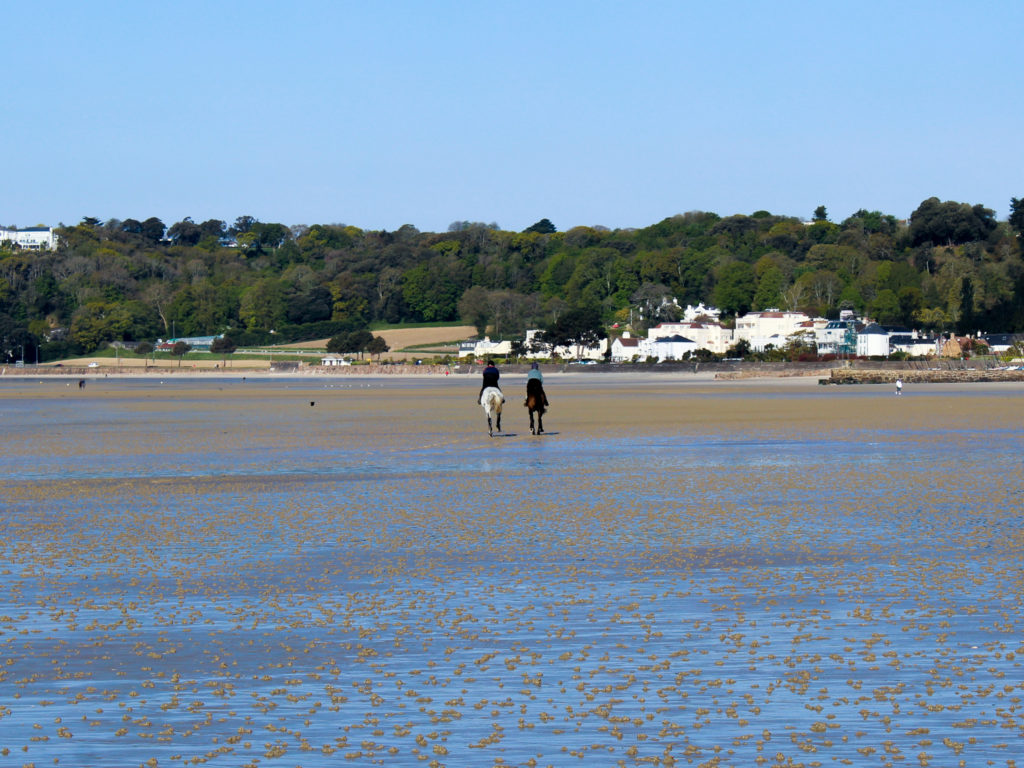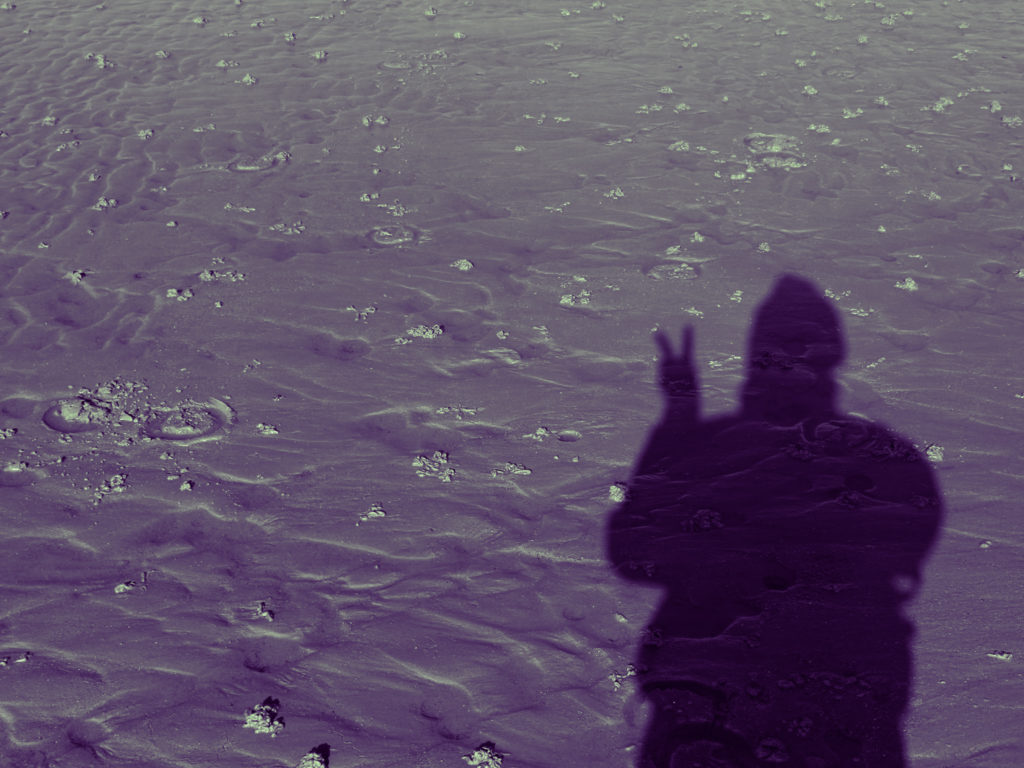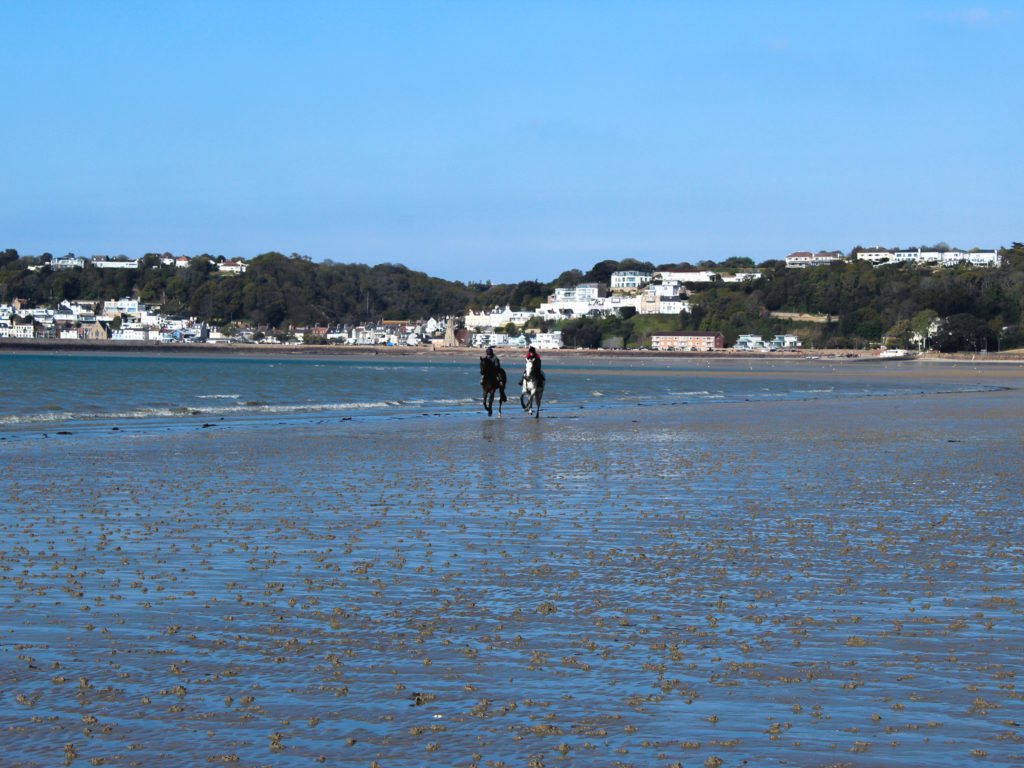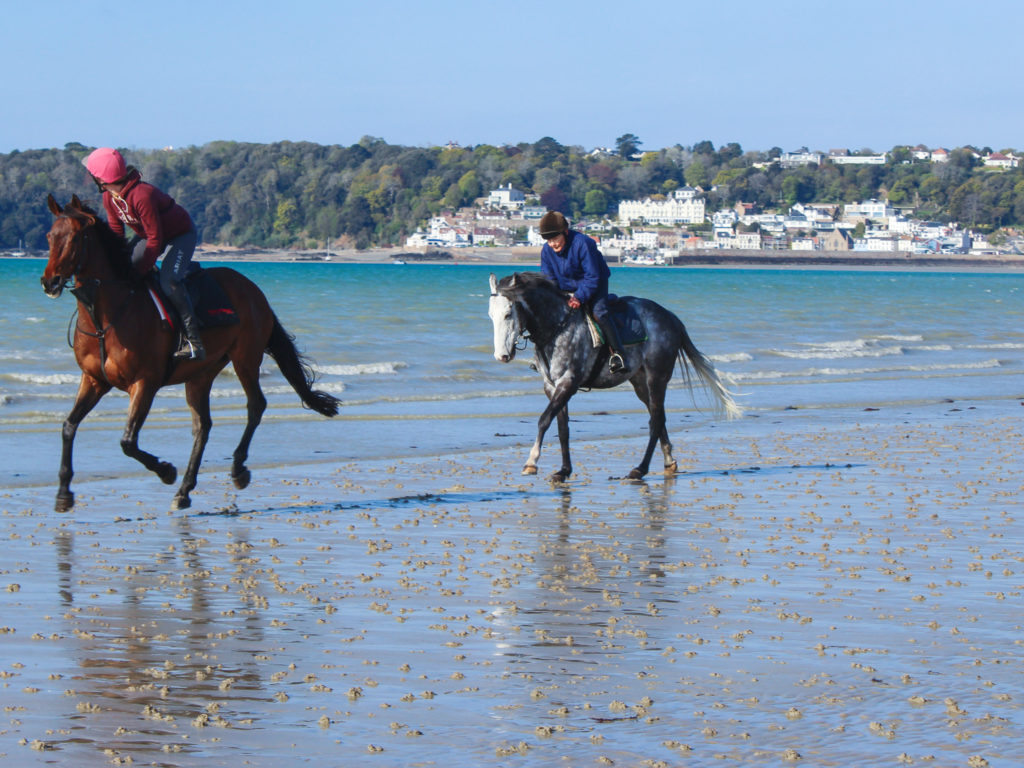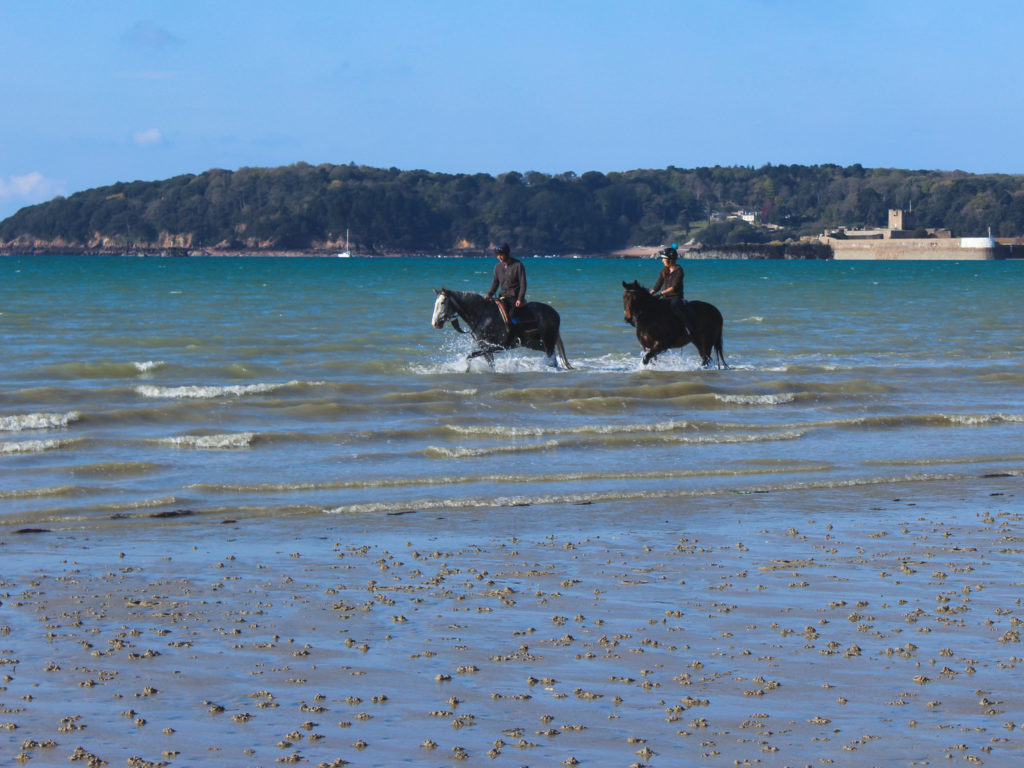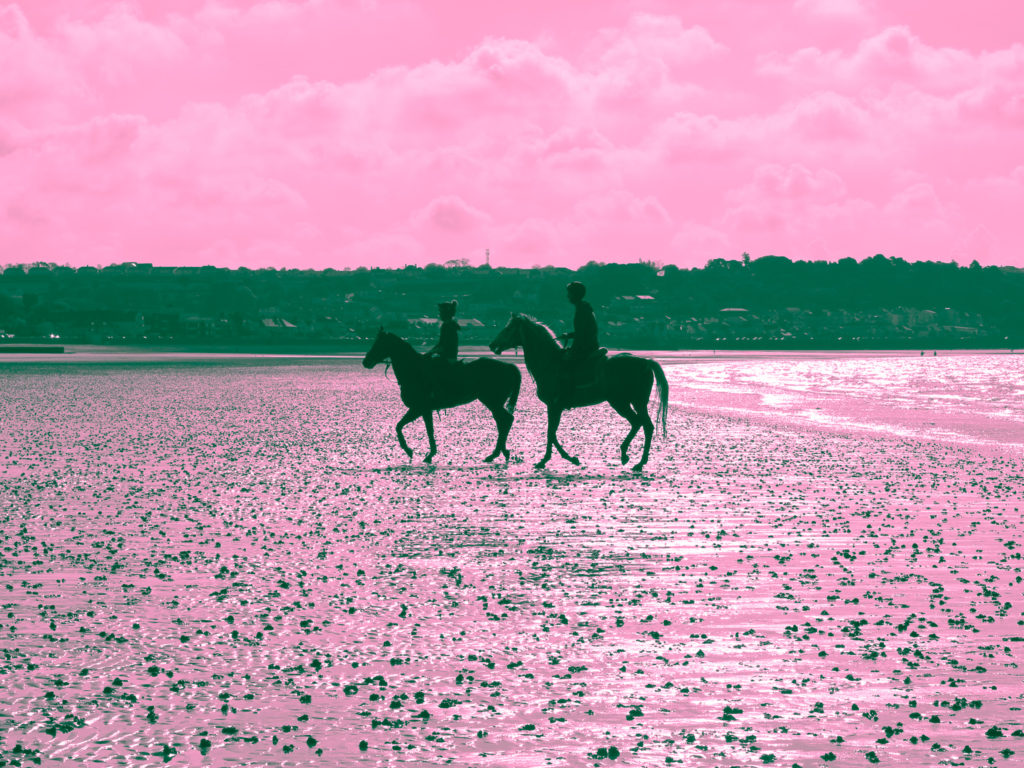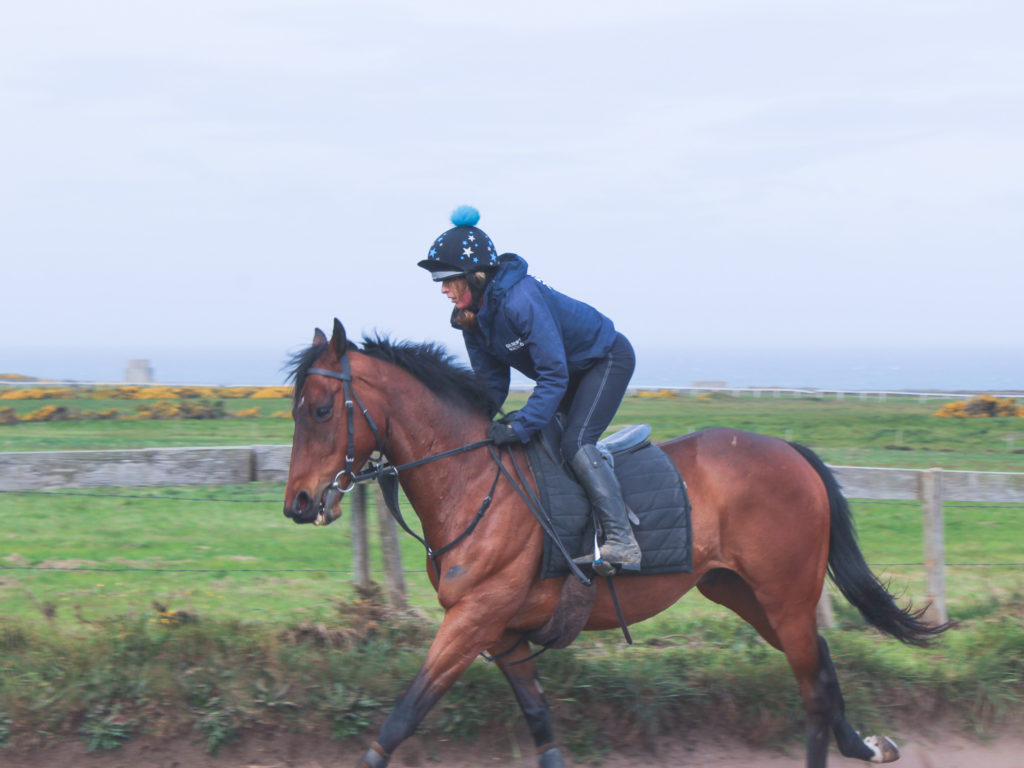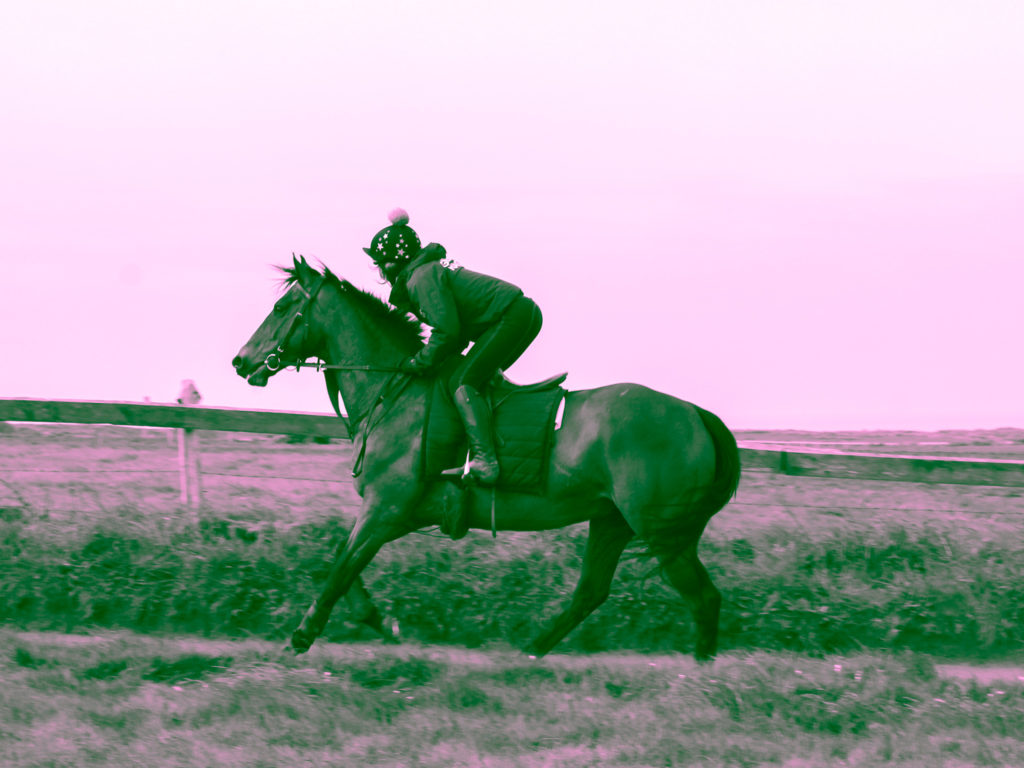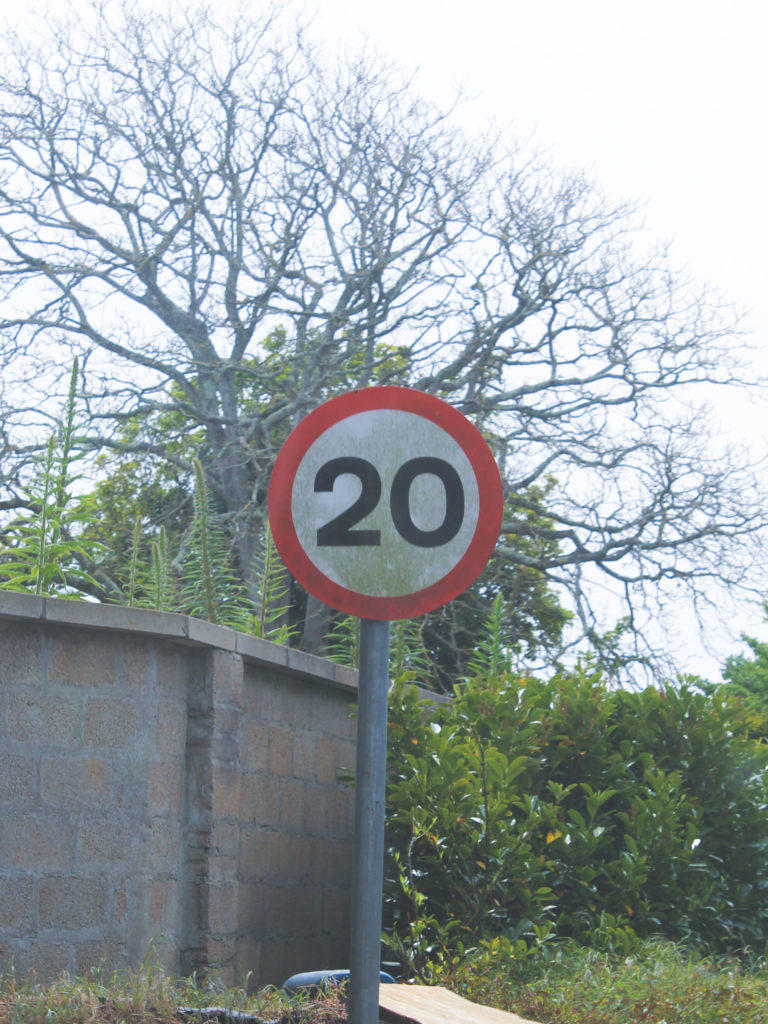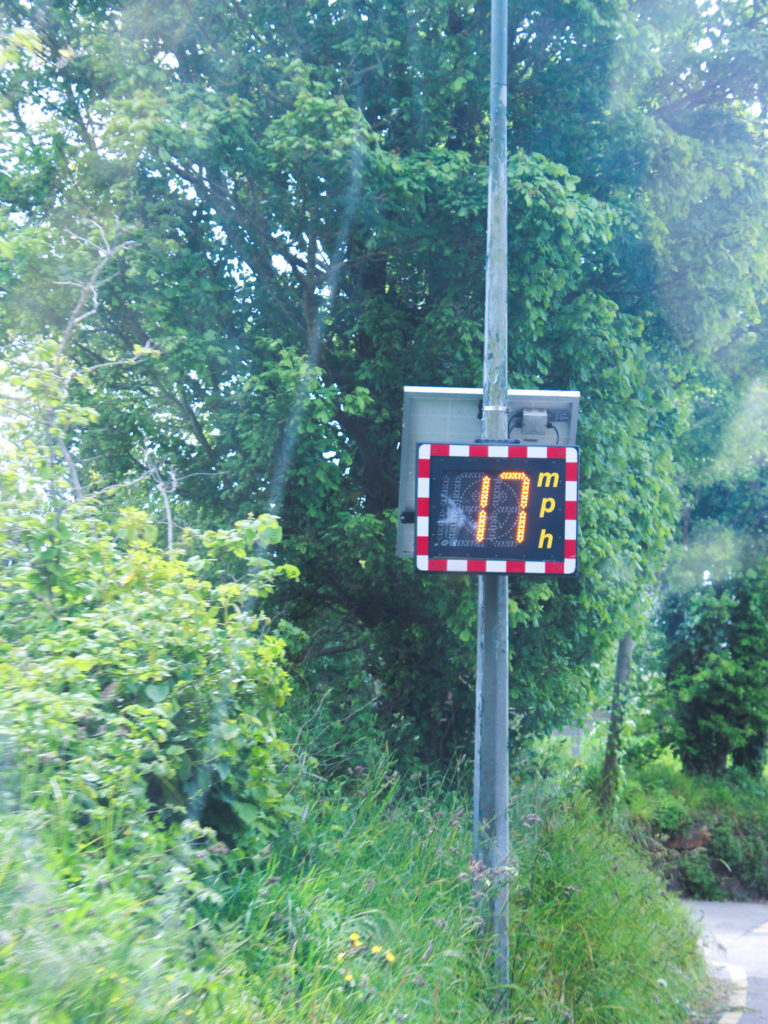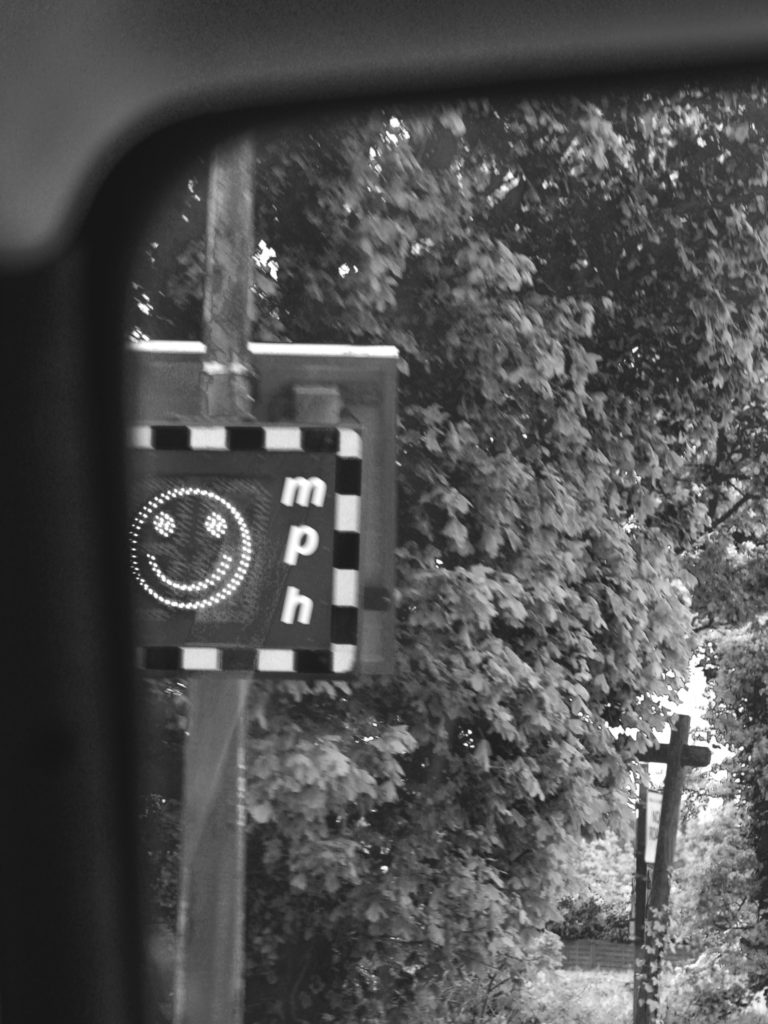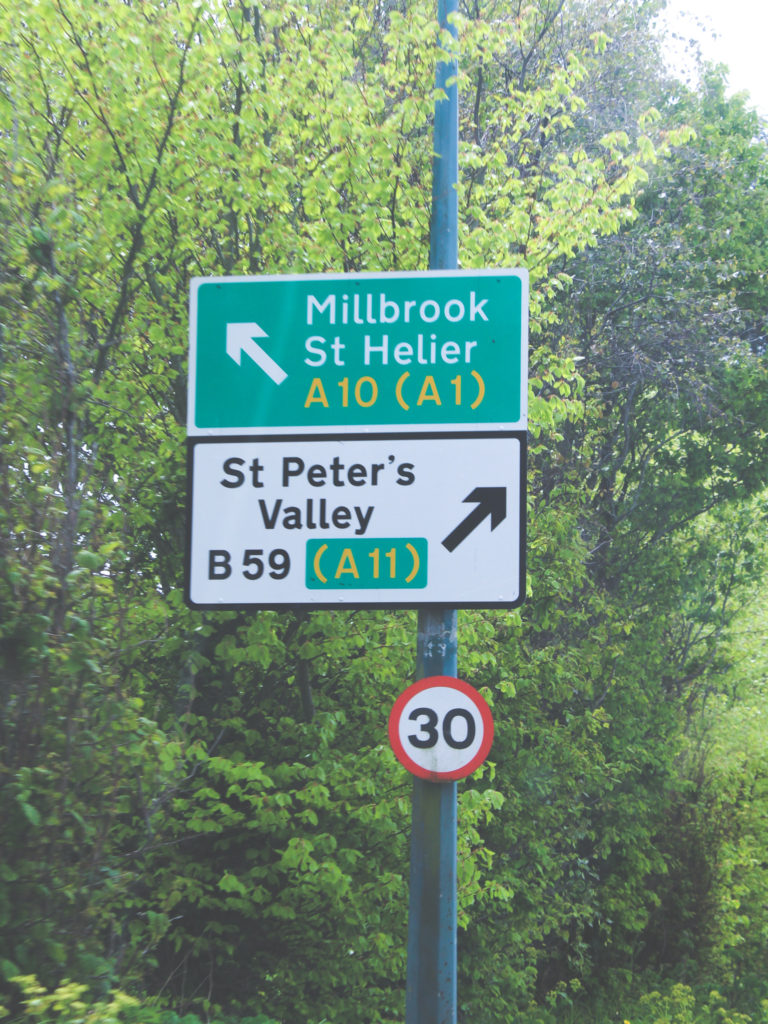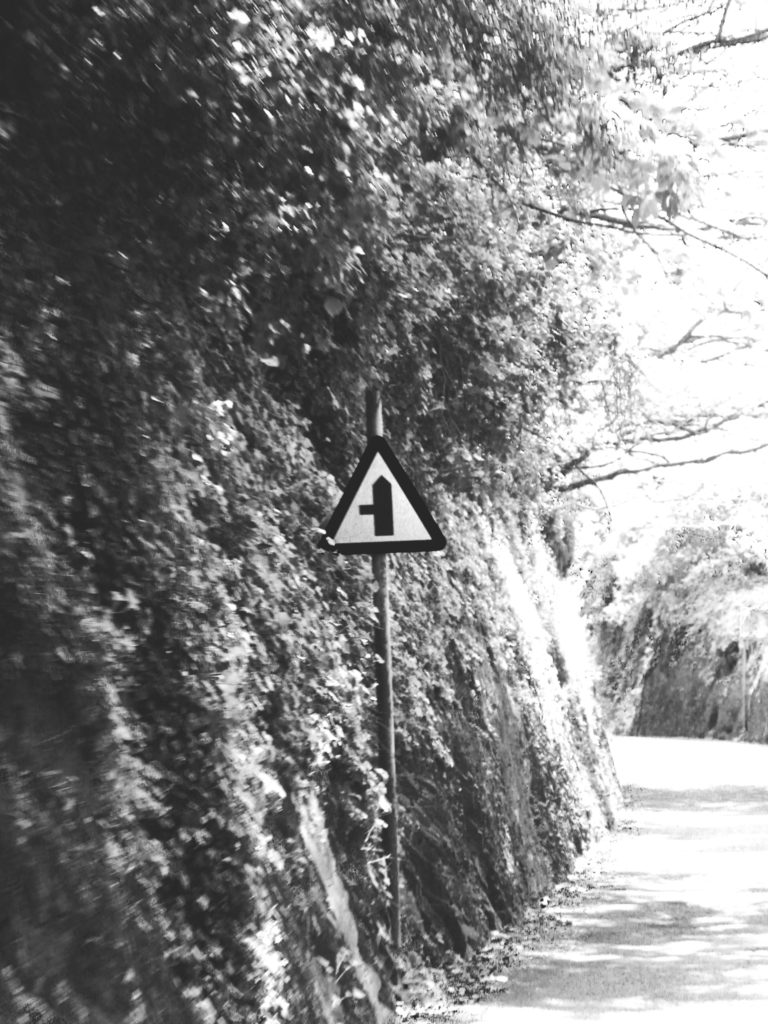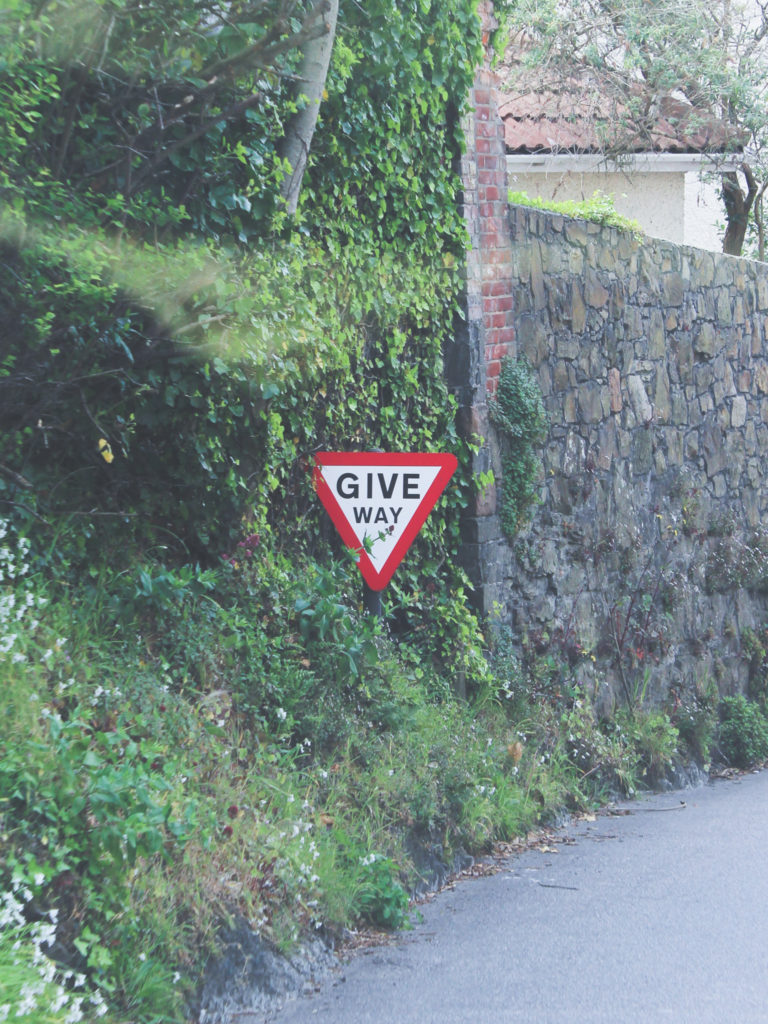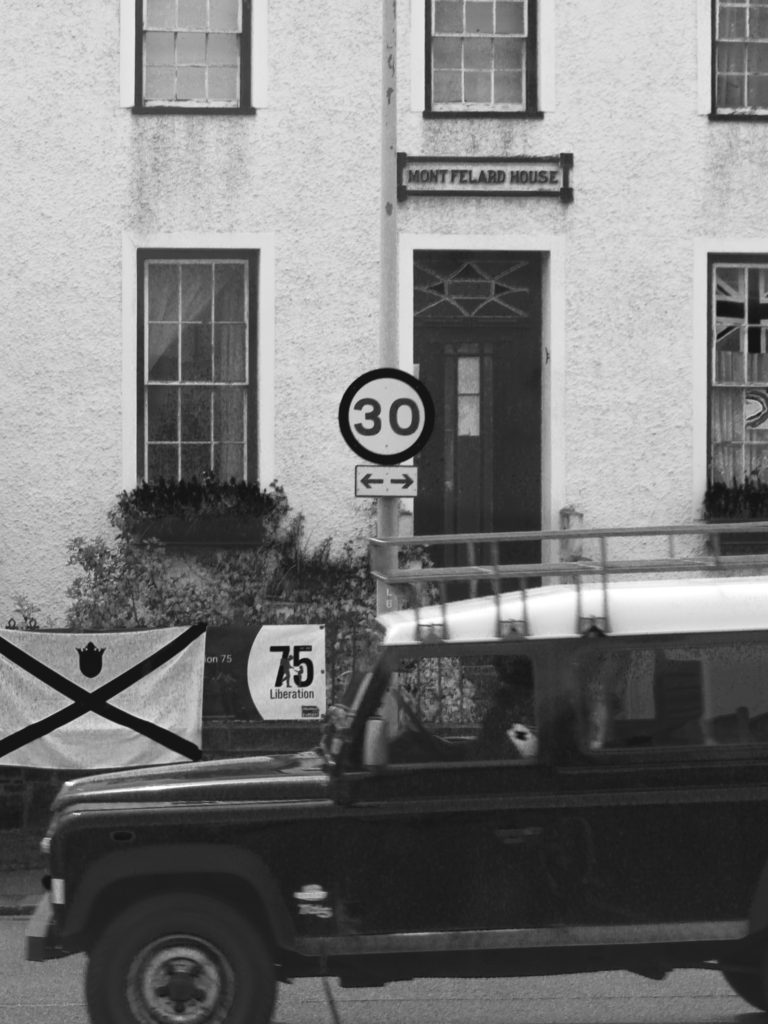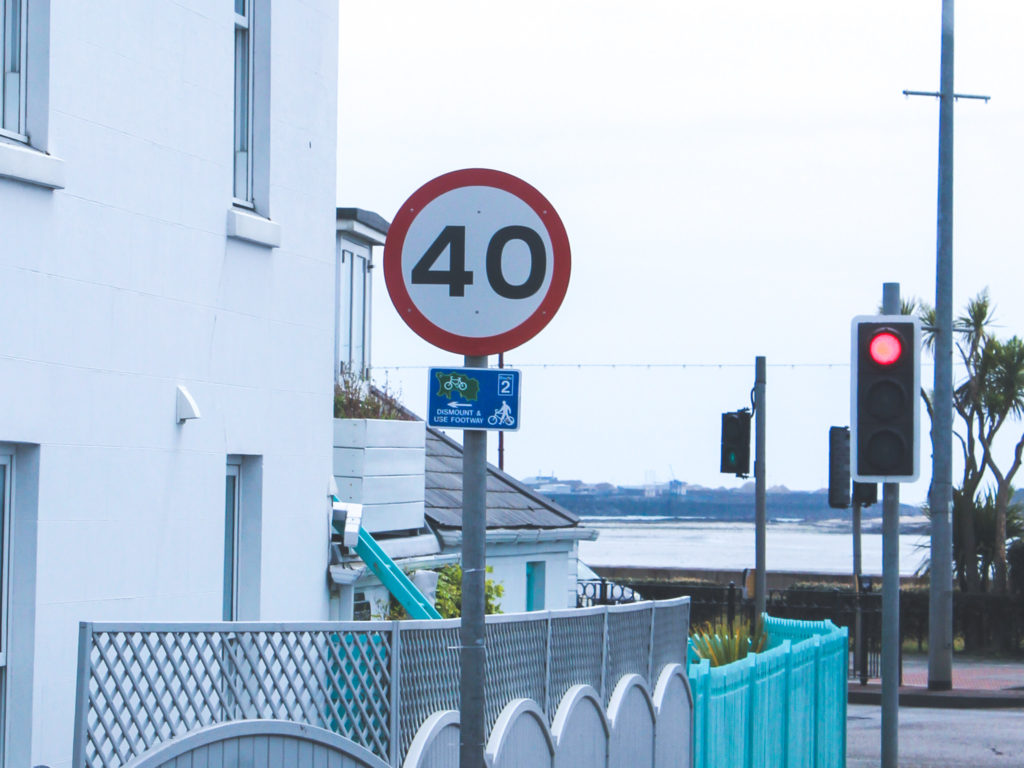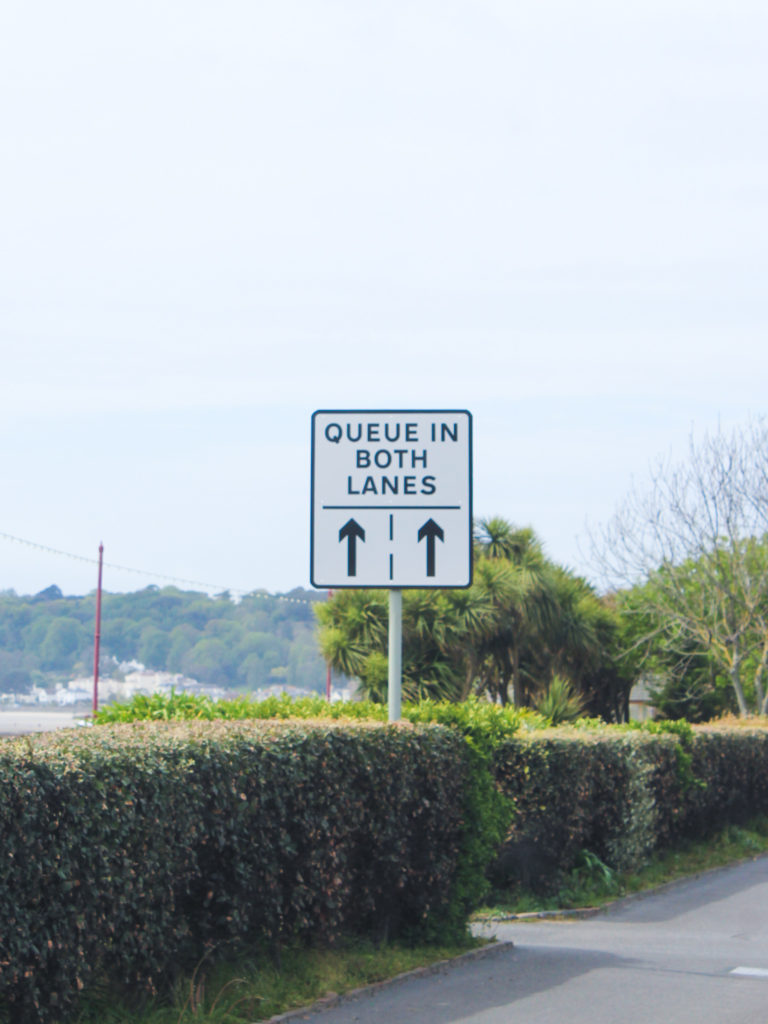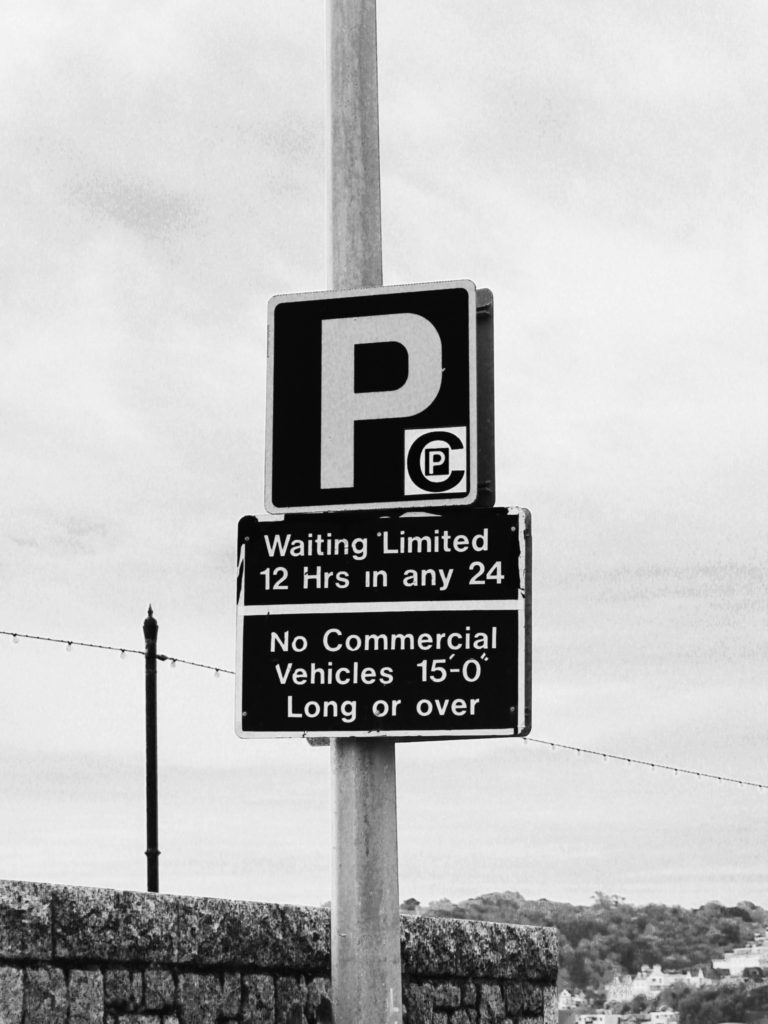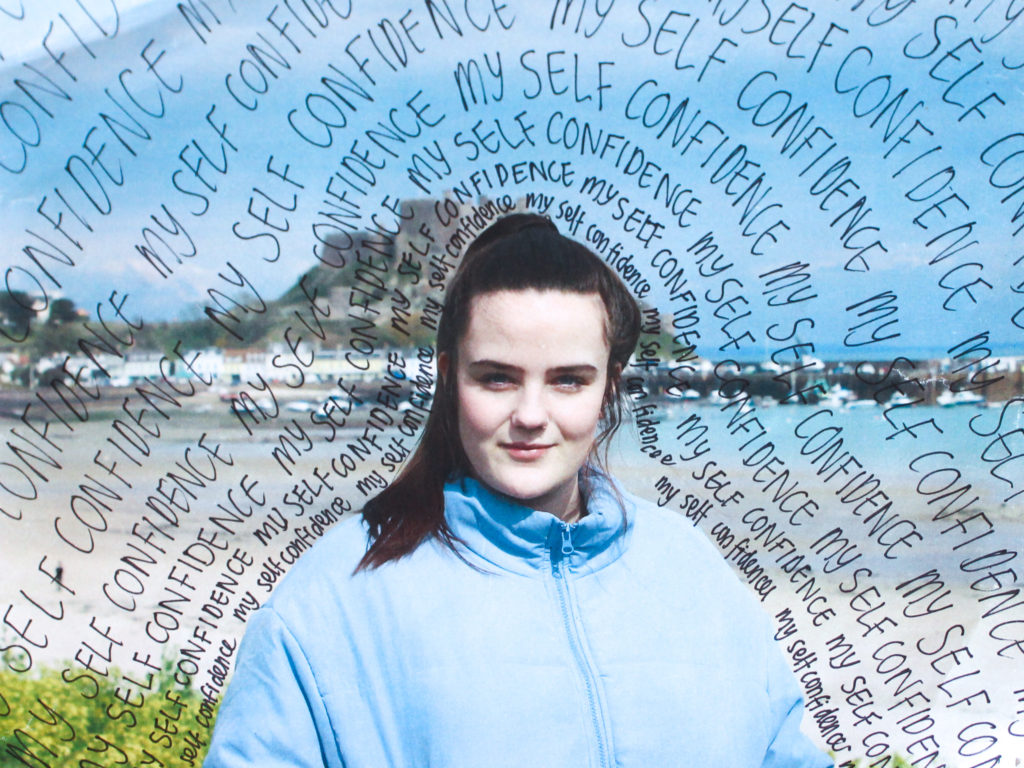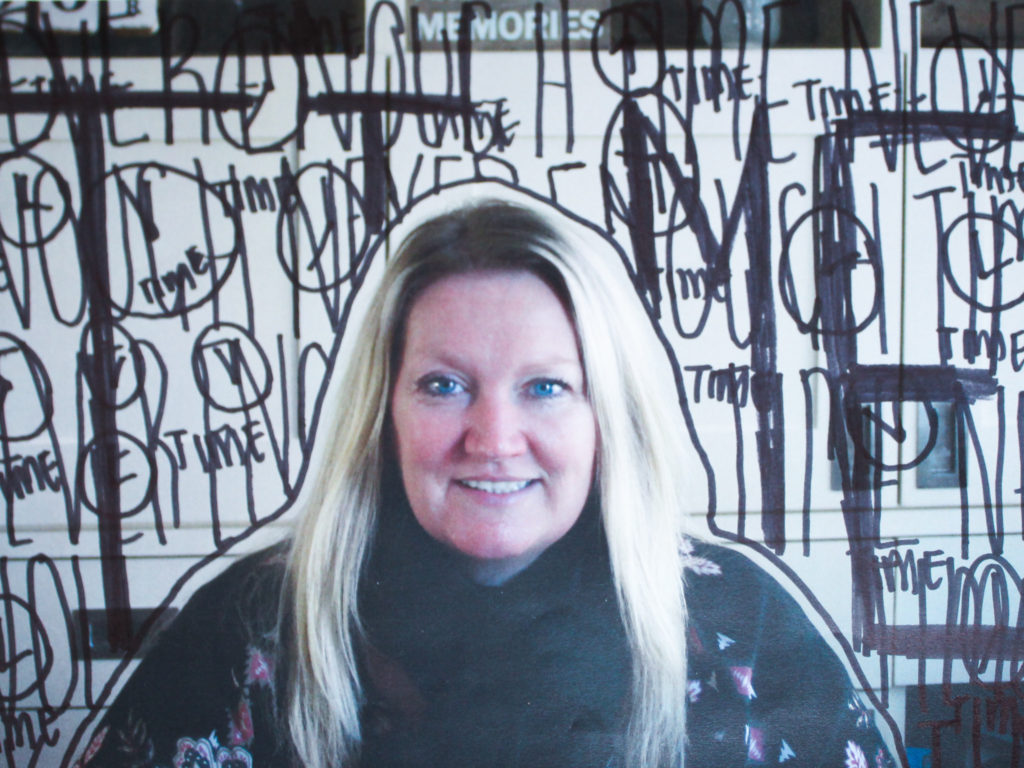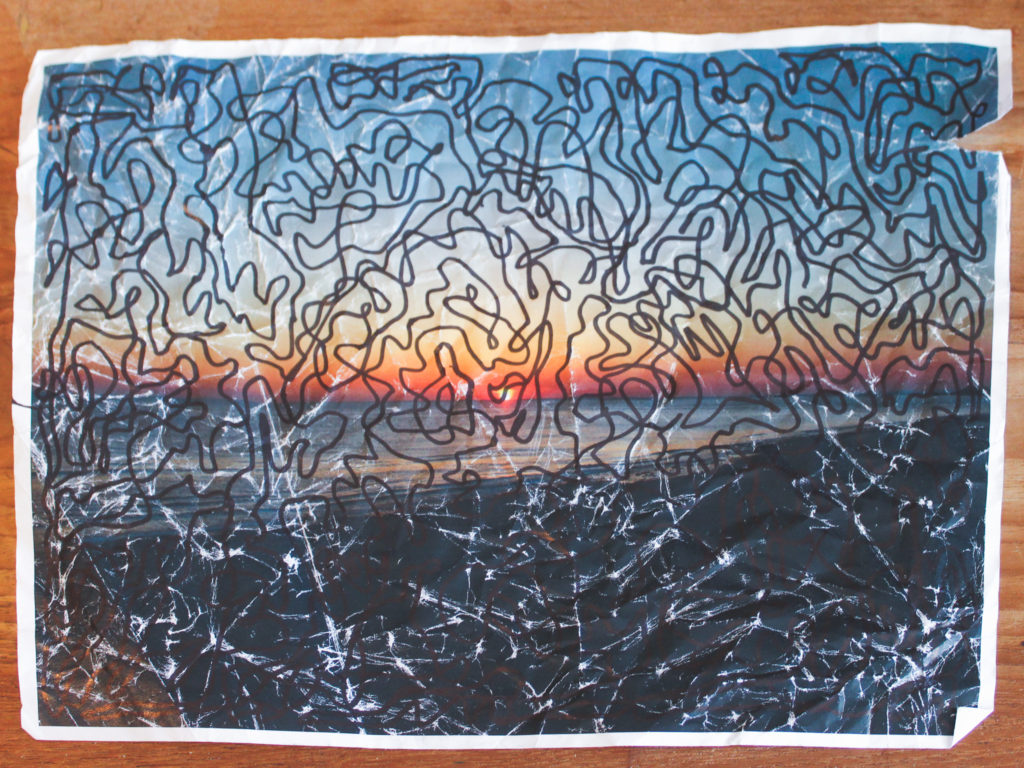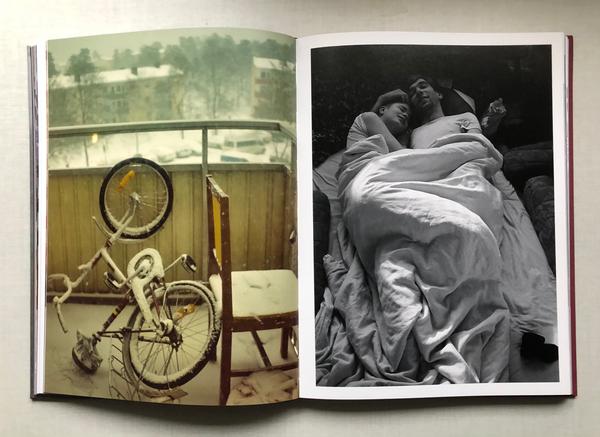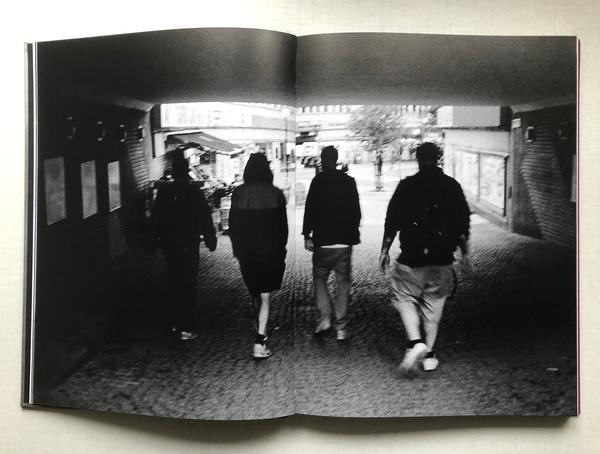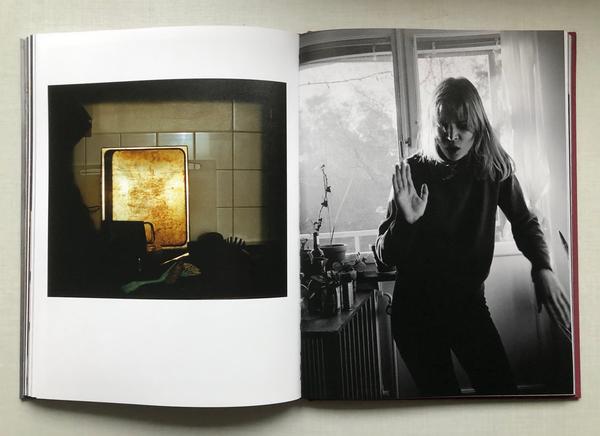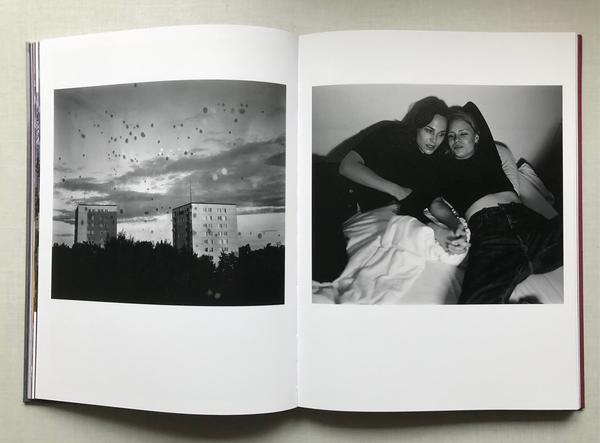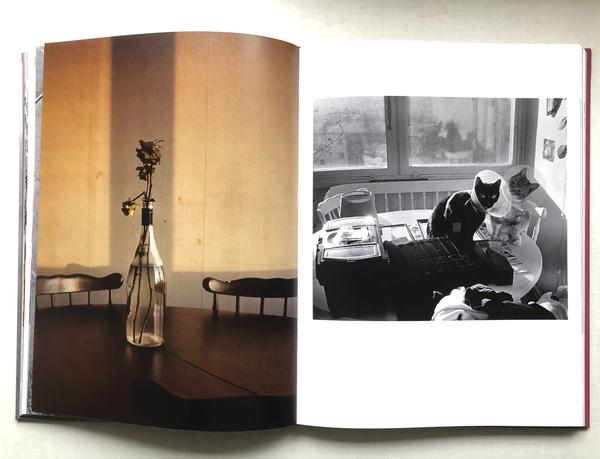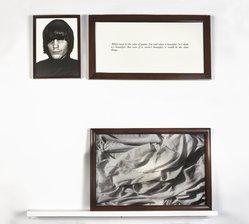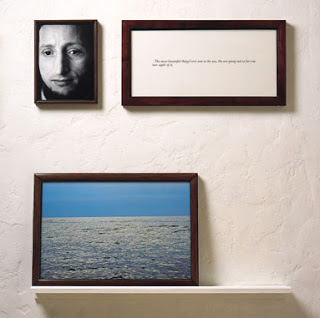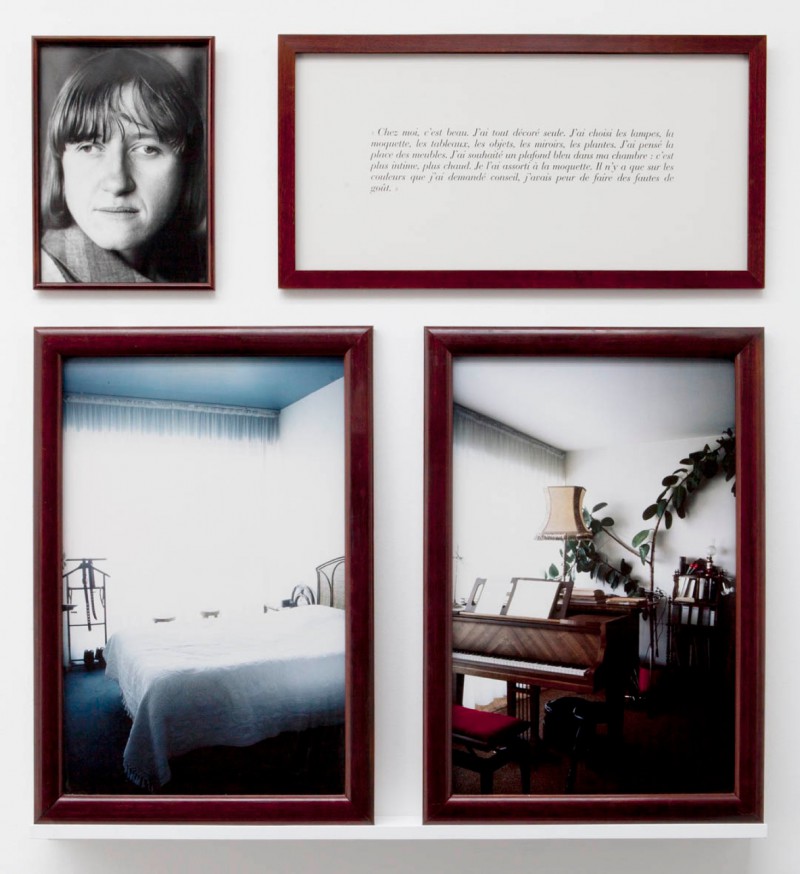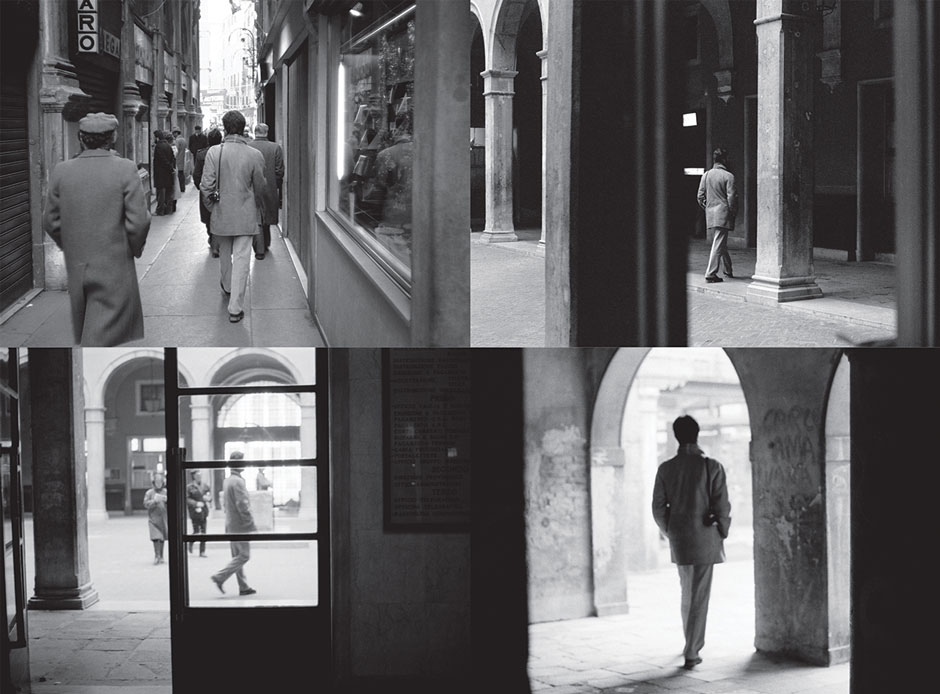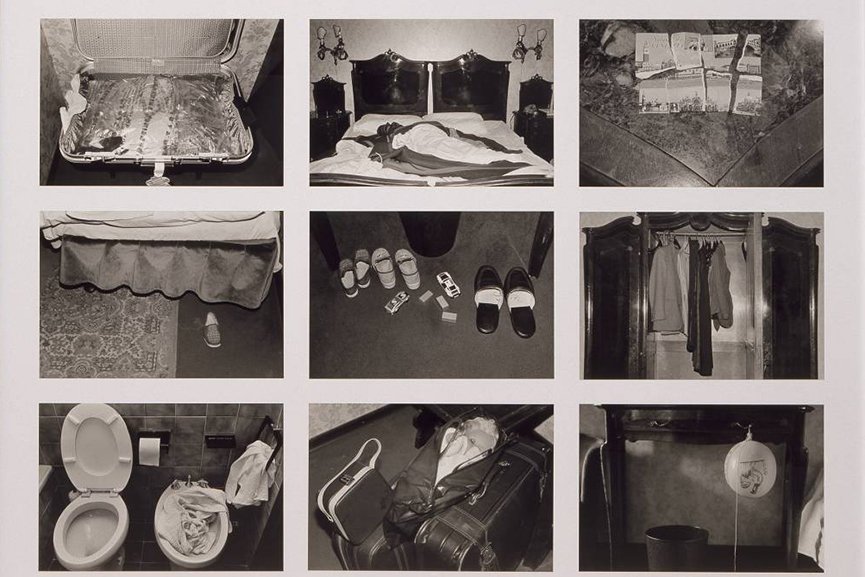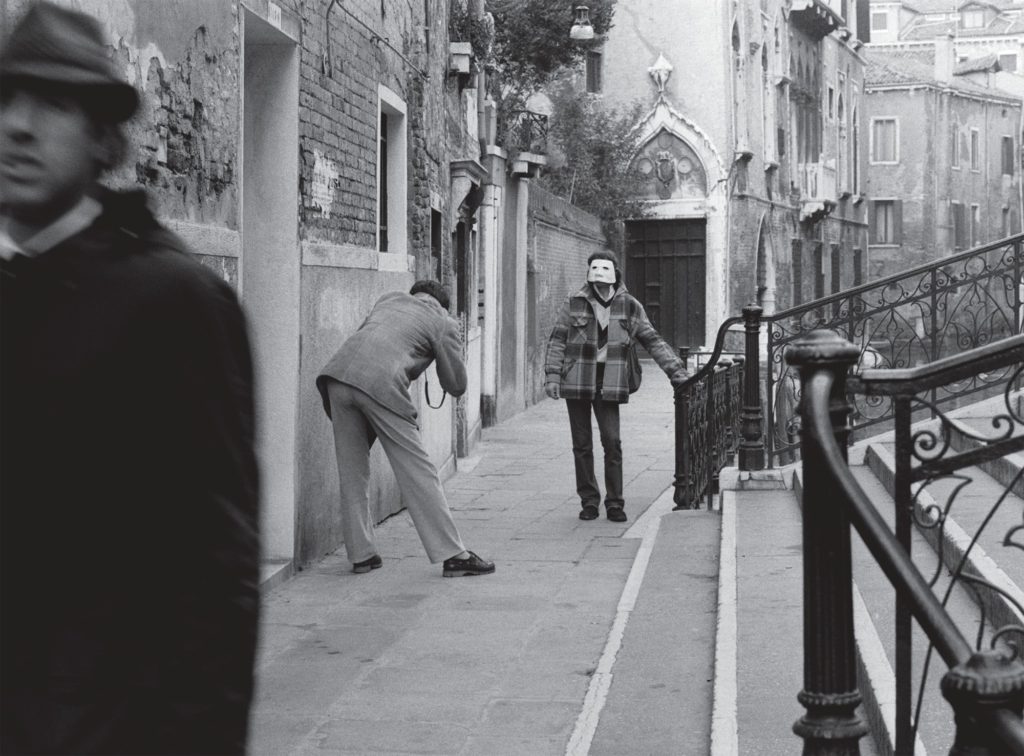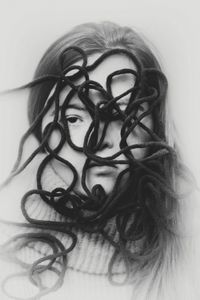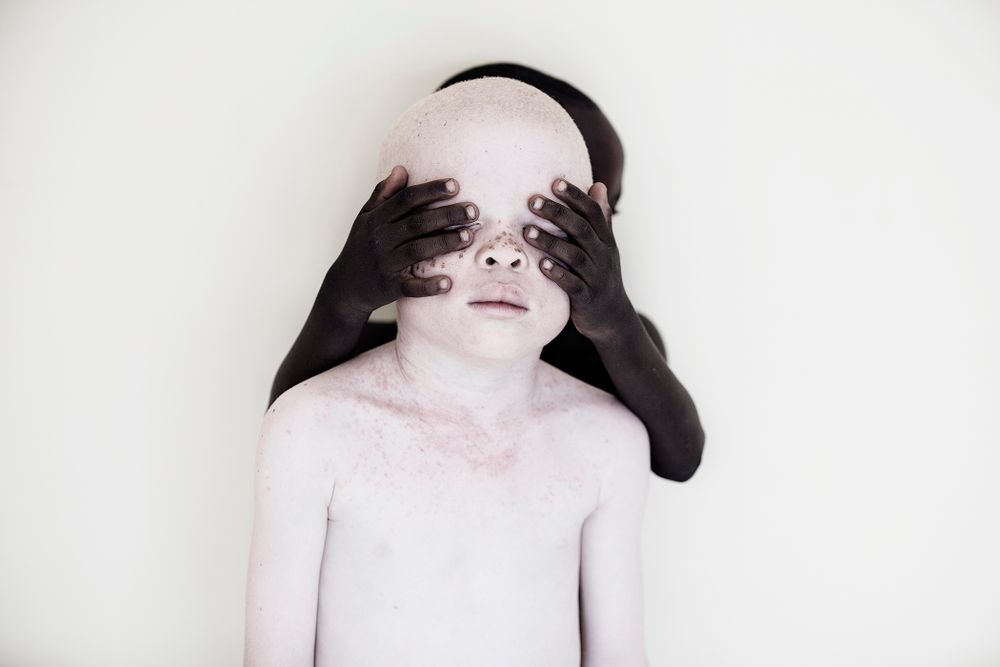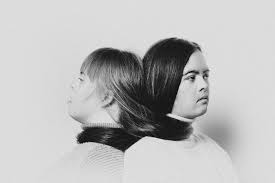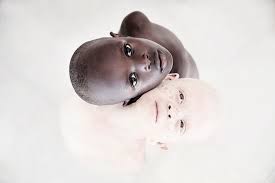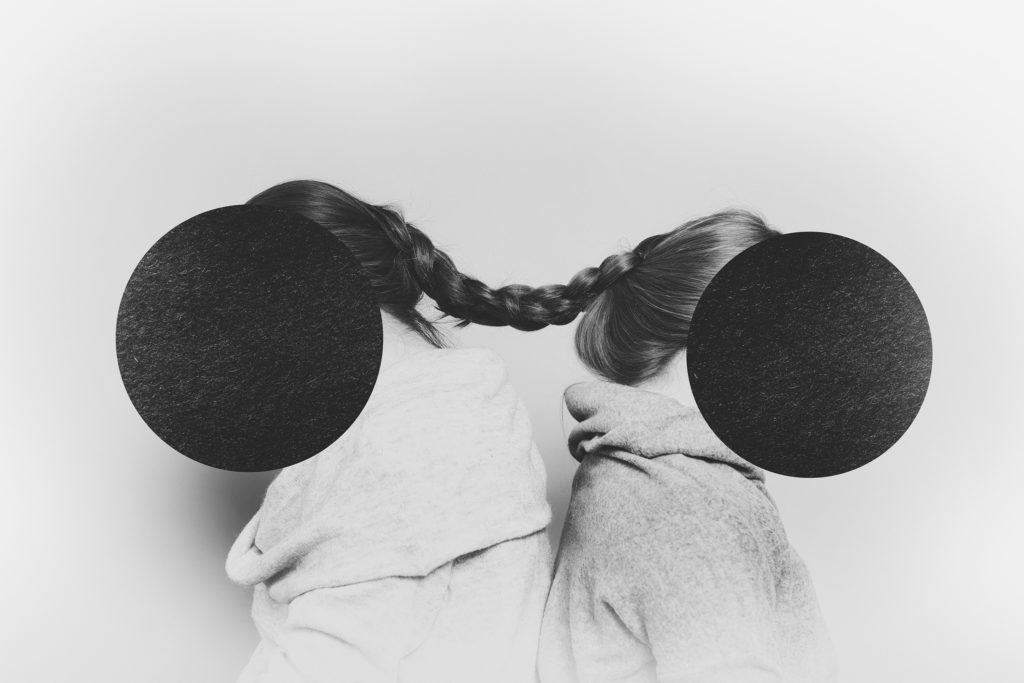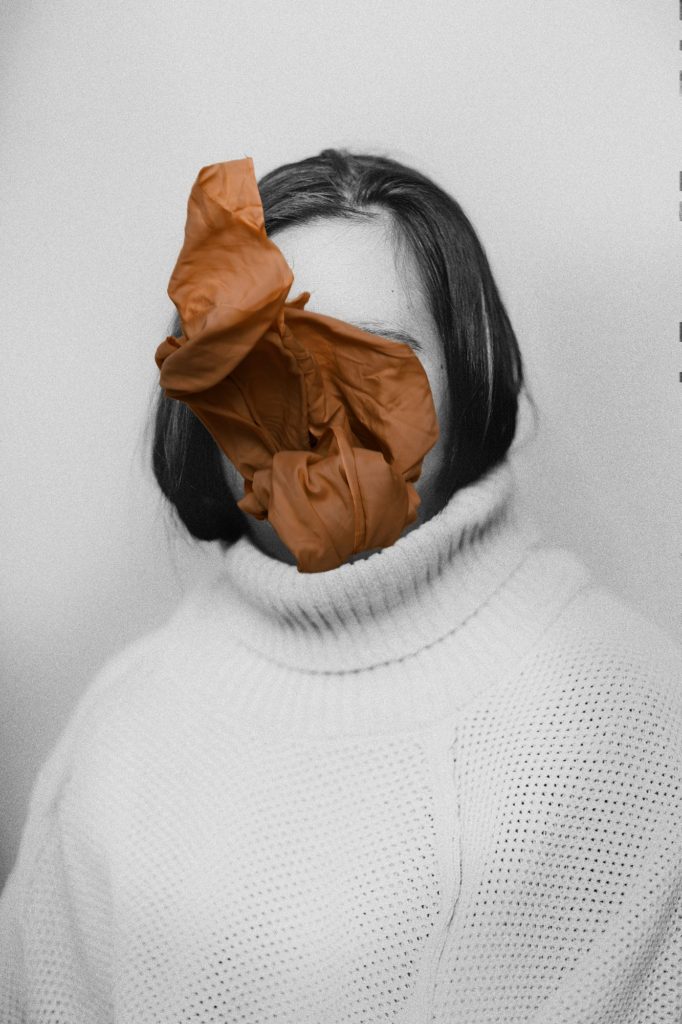here is a link to my photobook, maybe its myself, https://www.blurb.com/bookstore/invited/9199323/86ebfed9fa29226c2124c7b989660f36558f2095
All posts by Jessica P
Filters
film evaluation

In my film, I didn’t show myself at all, except for a shadow, when I mentioned, in the audio, that I myself am my own limitation. I think this worked out really well, because when starting my project I didn’t intentionally go in and want it to all be about me. I wanted to explore and document what limited and made others feel free. However I did want to include myself because it adds a personal and emotional touch to the film. 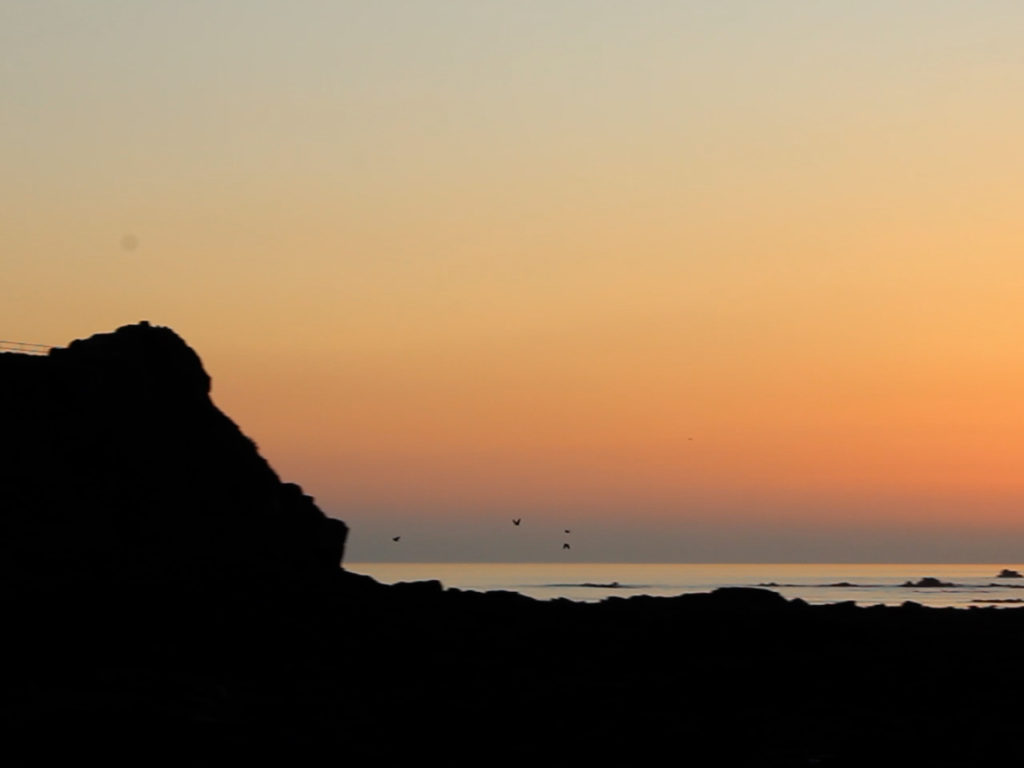
When thinking of shots to take for the film, I thought of sunrises, sunsets, water, waves, horses, and all things that made me free. I really feel I have achieved this and throughout the whole film I feel a sense calmness and tranquility. 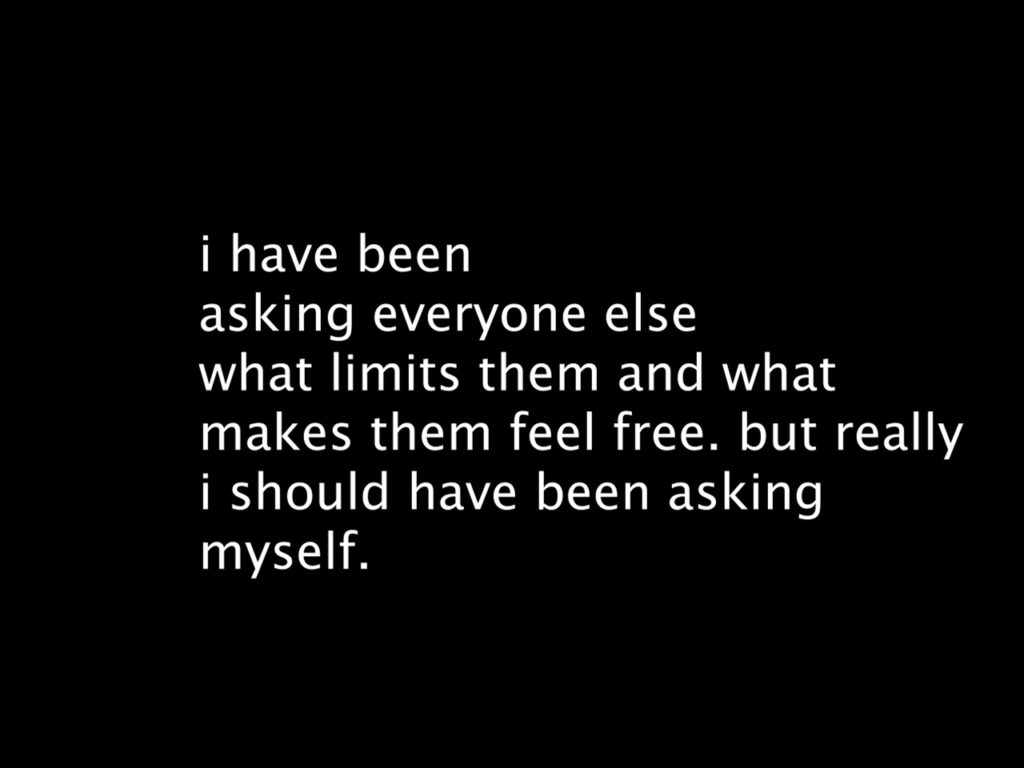
I felt it was necessary for me to add captions to various parts of the film. I did this in 3 places. I feel these captions have allowed for 3 things to be highlighted, ‘what makes you feel free?’ , ‘what limits you?’ and my own personal touch of the film. I wanted the above to be on a black background because like I said before I personally didn’t want to be featured in the film, but I feel the black background represents me, in a way. 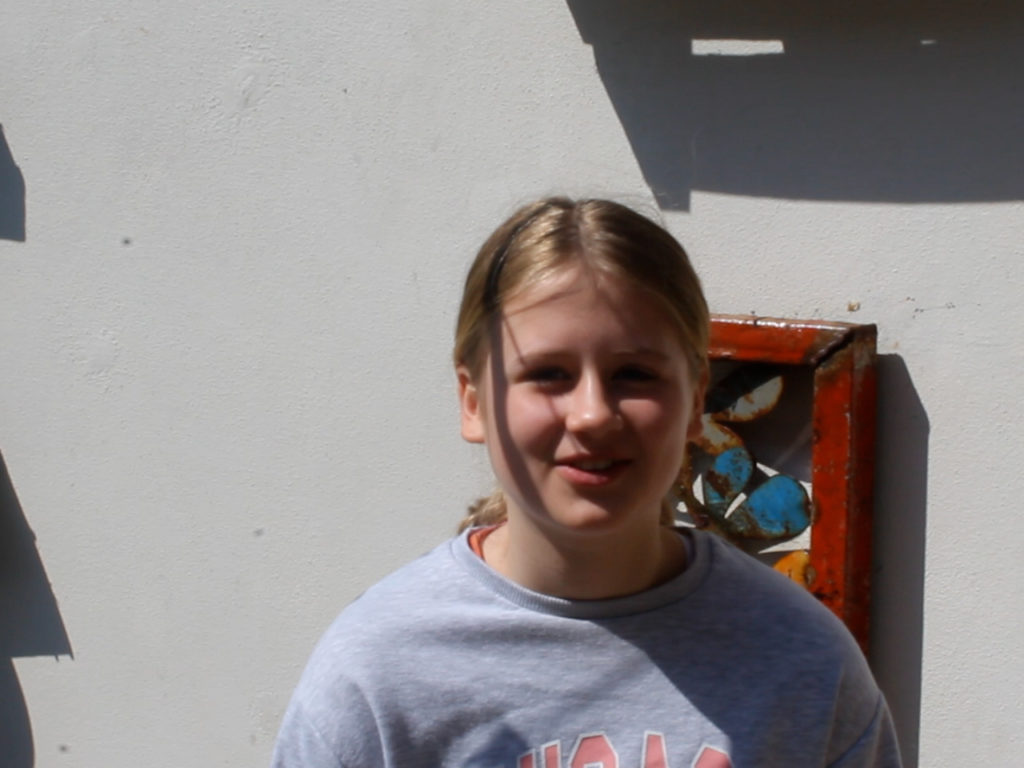
I included some snippets of the interviews I had with people. For the interviews I just wanted to have their head and upper body in the shot. I feel the interview sections look quite good and work nicely to bring that documentary feel to the film.
audio
For the audio I layered up lots of different things to have quite a chaotic and busy audio. I feel this has worked really well and adds to the film as a whole.
final film link
here is the link to my film, limitation/freedom https://web.microsoftstream.com/video/ac73db60-b58c-4734-a985-fb0853f5fe8d
photobook evaluation
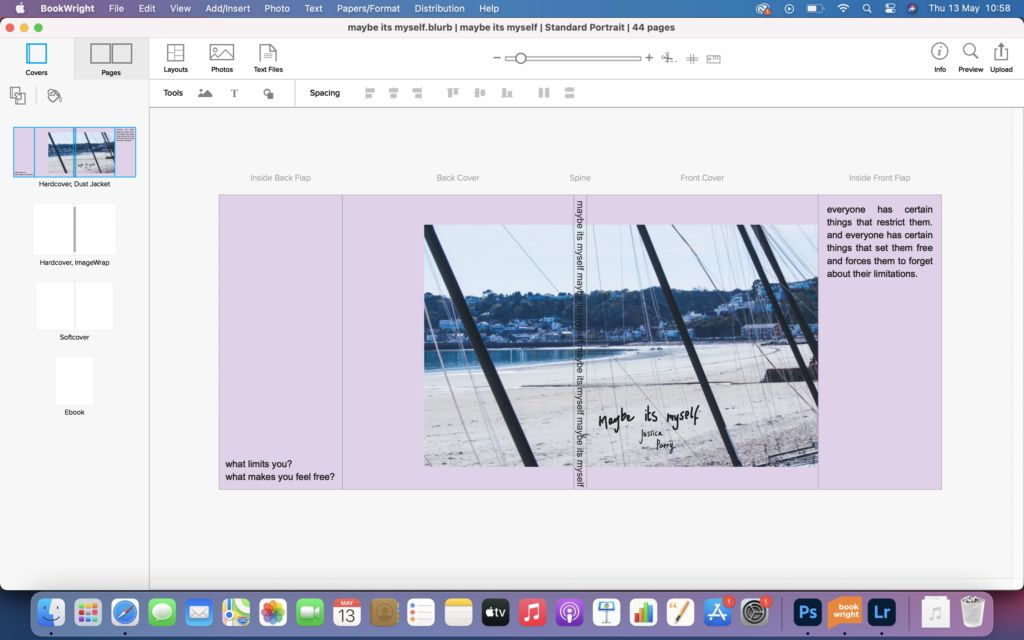
front cover – I decided to do a hard back cover because I wanted this book to feel and look sturdy. I picked this picture because I feel it pushes the boundaries of the theme of limitation. I decided to handwrite my title and name to add a personal touch to the book. 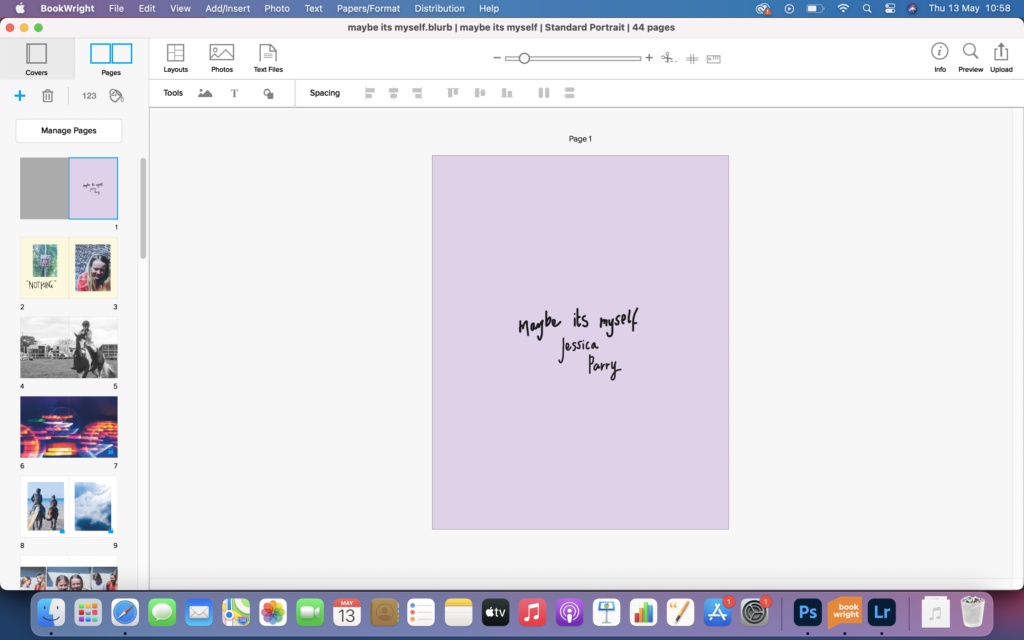
I wanted to use this first page as a title page, that included my favourite colour, the book title and my name. I wanted to consolidate the idea that this book is about myself and others, without actually having myself featured in it at all. 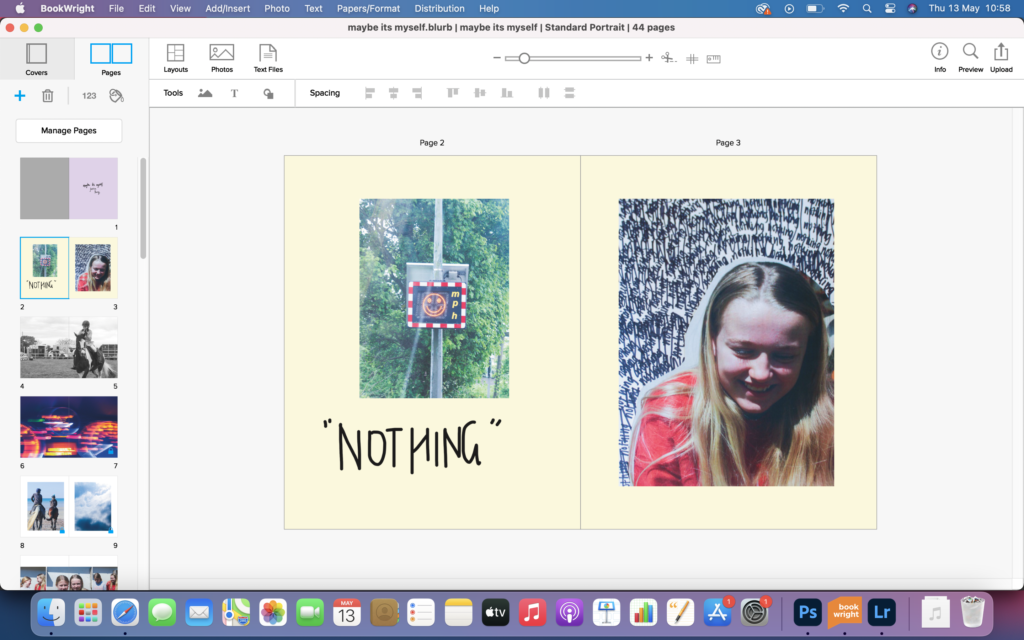
This double page spread is dedicated to my first person that I interviewed, my sister. With these double page spreads I wanted to show how they responded to the questions that I asked them. I feel this page worked very well, and the images really represent who my sister is. 
I wanted to add images into my book of things that make me feel free, horse riding being one, probably the most important one. I like this image a lot, and by making it black and white adds to image. I decided to make this image a full bleed because I wanted to show how much horse riding means to me. 
I put this image in my book, because I feel it represented the theme of freedom, because of how it is of a speed dials and the fact that it contains motion blur, suggesting quick movement. I liked this image that much I felt it needed to be a full bleed. 
I decided to place these images together as they are both images of free things. Although I feel this page works well, I wish I had thought about it a little more, and had experimented more with colours. 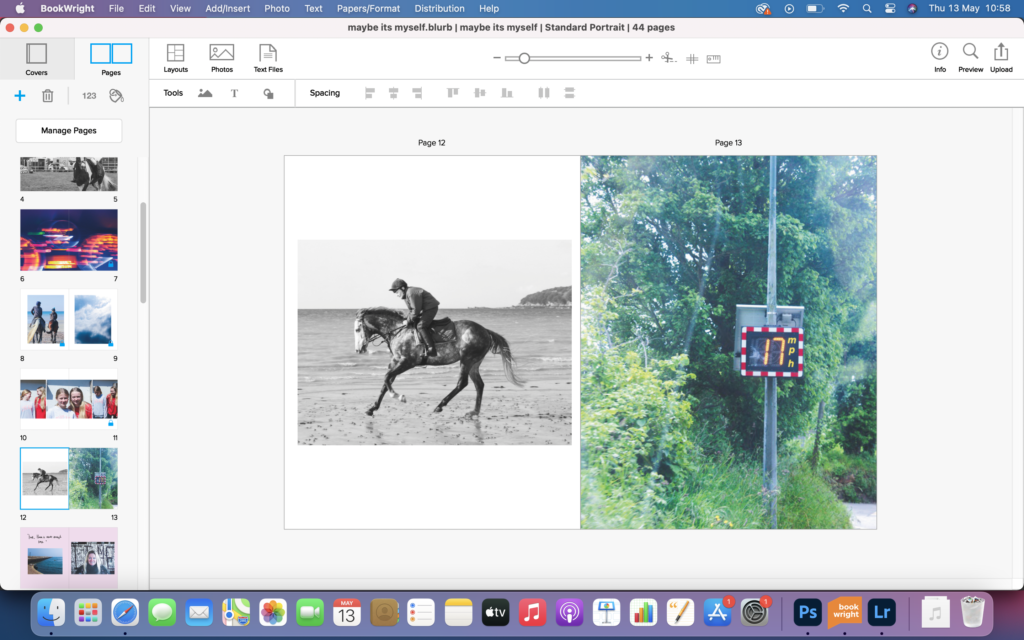
This spread is of 2 images that relate to each other. The image on the left is of an 85 y/o women who still rides out racehorses. The image on the right I feel relates well to the lady, in the sense that she has no limitations. I feel this images work well together as they relate nicely. 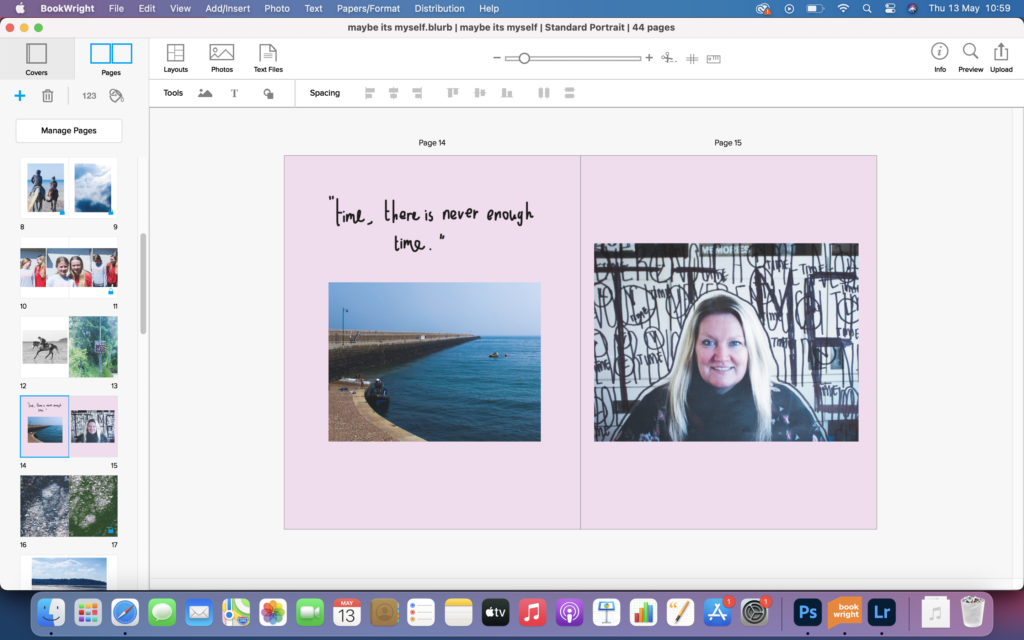
This double page spread is again dedicated to my second person I interviewed, my mum. I decided to print off the portrait and add handwritten things on the image and rephotograph it. I like this as it adds interest and relates well to how my mum answered to the questions I asked about freedom and limits. 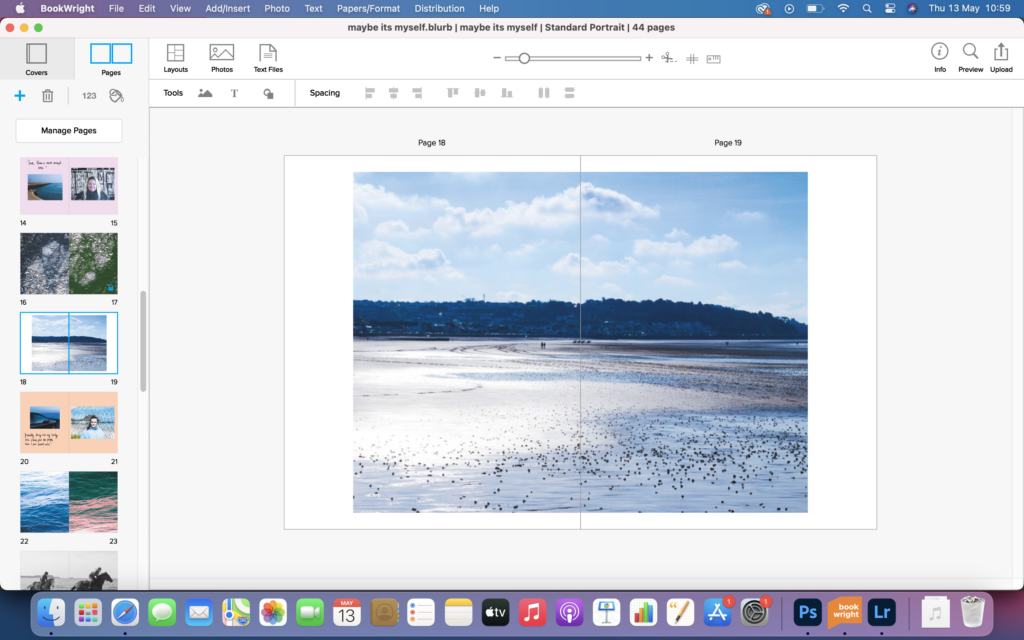
I added this image as it truly relates to freedom to, with the clouds and light and airy feel to it. On reflection I feel I should have made this image a full bleed as it is a strong image, but like this I feel it works okay. 
This is another double page spread dedicated to another person I interviewed, my friend, Rosie. Overall I feel this double page spread is quite poor, because the image on the left is quite dark and the one on the right is very bright. On reflection I should have gone back to make it brighter, in order to make the spread better. 
This double page spread, is one of my favourites. It incorporates the same image, but both of them are edited very differently. The one on the left represents limitation and the one on the right represents freedom. 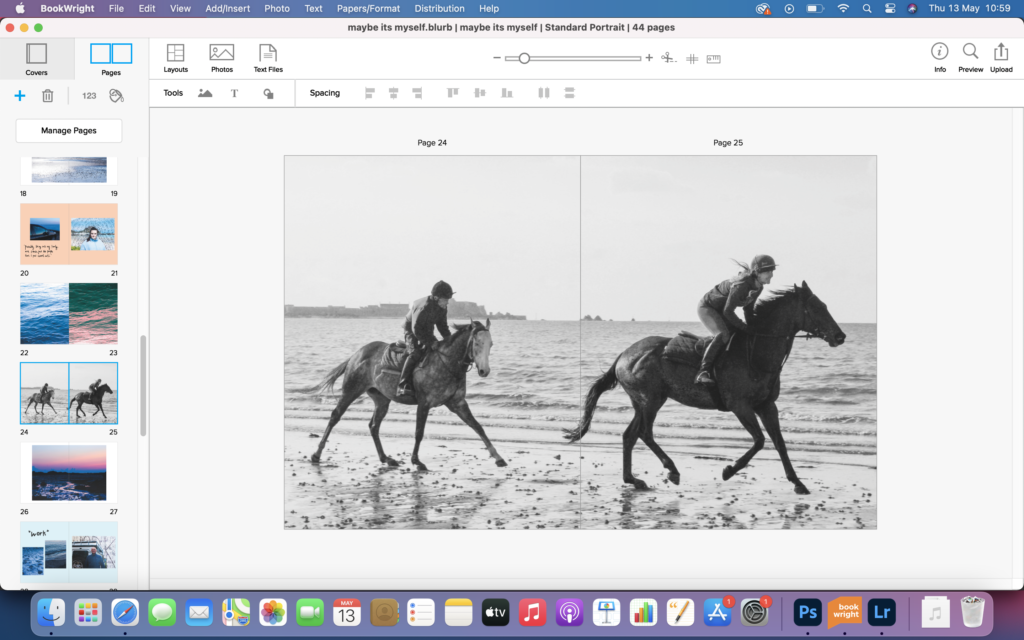
This full bleed is a very strong image and needed to be added into the book. It truly encapsulates freedom, 2 horses galloping on the beach. The airy feel of the image really links to freedom, and the lack of limitations. 
This image was taken at sunrise, and I feel needed to be added into the book because sunrise is when I feel most at ease and free. The reflections in the sand are truly beautiful and really add to the image and increase the interest of it. 
This double page spread is another that is dedicated to one of the people that I interviewed, my dad. Overall I feel this page contains too much blue tones and would work best if I used black and white images instead. 
I included this image in my book because I liked the carefree mood it brought to the book. The almost abstract image represents freedom, and needed to in the book. 
This is another image of something that makes me feel free, horse riding. My intention of this book was for it to essentially be about myself without it actually including any images of myself, so this image is perfect. To make this spread better I would made the image slightly bigger to show the importance of the image. 
This is the last double page spread that was dedicated to one of the people interviewed, my sisters friend, Olivia. I really like this spread, as I experimented with the printed image and decided to black out the background to represent how nothing limited her. I contrasted this image with a free flowing image, which stands out nicely on the cool green background. 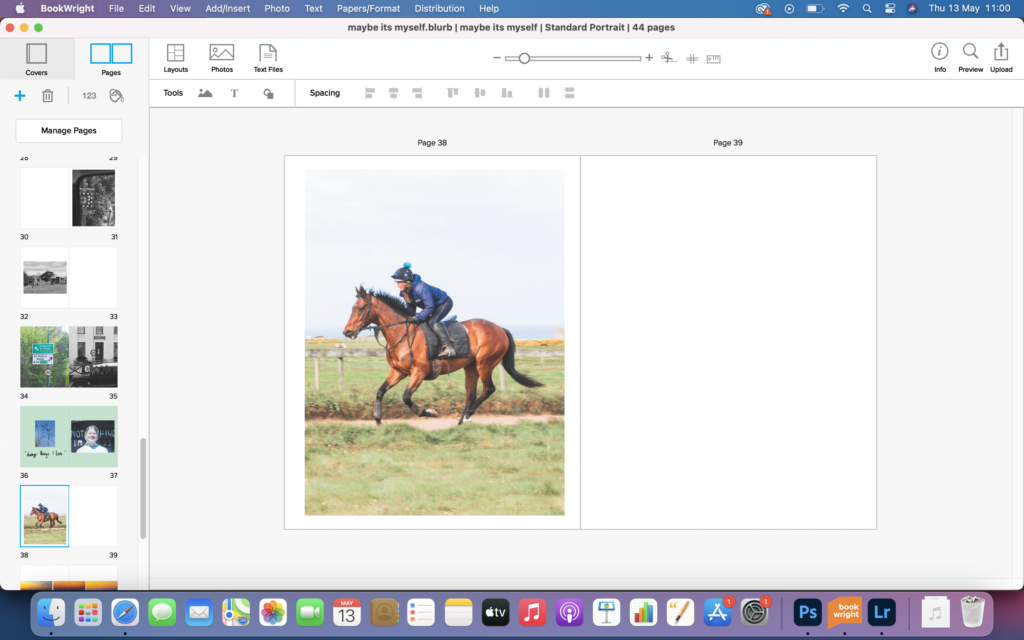
I put this action shot in purely because I liked how well it came out. If I were to take it again I maybe would take in landscape, to really get more of the background in the image. 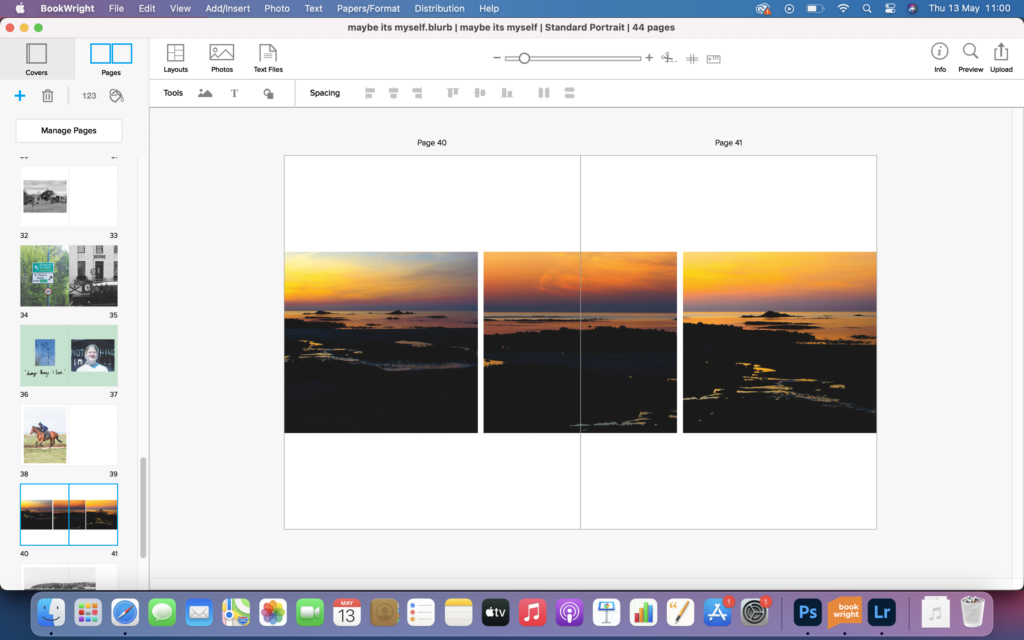
I used this images to explore the freedom I really had. After taking and editing these images I realised I could used them sort of as a panoramic image, as the horizon fit in nicely and the reflections flowed from one to another. 
I wanted the last big image in my book to be the thing that really makes me feel free. I chose this one because of the light and airy feel it has to it. I liked how the horses were galloping away, almost hinting to lack of limitations. 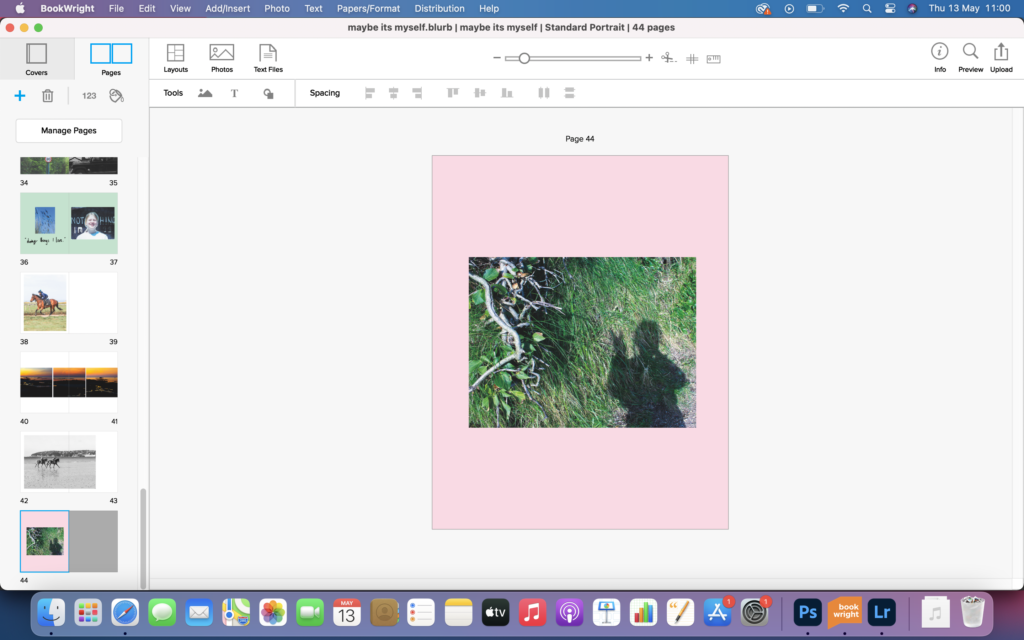
The last image of the book is of a shadow of myself. I used this image to consolidated how the book was about me, and not anyone else. If I were to make this page again I would make the image smaller and include a quote, similar to the double page spreads dedicated to those who I interviewed.
Overall I feel this photobook turned out how I wanted it to. It was set out to capture freedom and limitation, and I feel it has done that, with the images of horses galloping on the beach, hinting at freedom and with the images speed signs, hinting at limitations. I wanted the book to be free flowing and to have ability to be picked up and opened at any page, I feel I have done this as it has no narrative or real set out structure, just pictures on a page, that can be interpreted by all. This project was interesting and allowed me to gain a good insight into what myself and others feel limit and make them feel free. Things are so very different to what meets the eye.
edited images for photobook
in depth analysis of Rågsved
- Format, size and orientation: Many of the images are portrait and many are landscape. There is a good mix throughout the book. The book itself is a portrait A4 book with 168 pages including 120 images, both black and white and colour.
- Cover: The book is hard back and has an image wrap, with one black and white image making the whole front cover.
- Title: RÅGSVED, the place where ANGELICA ELLIOTT moved after the loss of her boyfriend.
- Narrative: The narrative of this book is of how ELLIOTT recovered after the loss of her boyfriend and how she found herself again while living in RÅGSVED.
- Structure and architecture: I dont feel there is a repeating theme throughout the book, other than the fact that all the images are taken in RÅGSVED and tell the story of how ANGELICA ELLIOTT found herself again in this new place, her new home.
- Design and layout: Throughout the book there is a mix of full bleeds, juxtaposing images, but there are no single images on double page spreads.
- Editing and sequencing: ANGELICA ELLIOTT juxtaposed different images together, mostly a black and white image with a coloured image.
sophie calle
SOPHIE CALLE is a french photographer who also does writing, installation and conceptual art. Most of her work looks at identity, human vulnerability and intimacy. CALLE is known to regularly investigate and photograph strangers and their private lives. Her project ‘The Blind’ she did just this, and asked strangers, who were blind, to define beauty. This project included a portrait, an image of SOPHIE CALLEs’ interpretation of the strangers description of beauty, and a piece of text written by her.
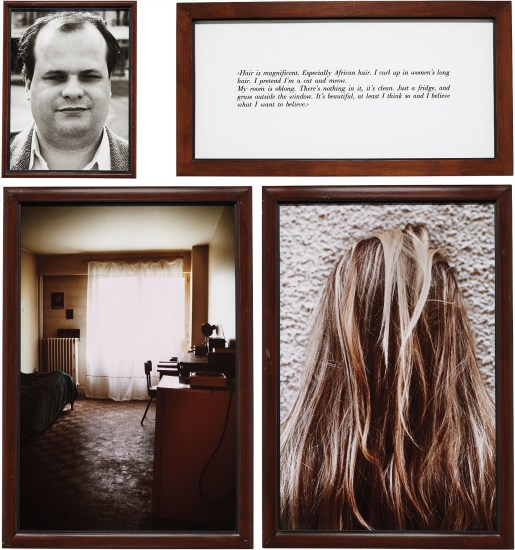
I am using SOPHIE CALLE project, ‘The Blind’ to inspire my own projects, ‘maybe its myself’ and ‘freedom/limitation’. Both my film and photobook I use footage/images from the interviews of my family and friends, and images that represent my own limitations and freedoms. In my book, I am dedicating a double page spread to each person I interviewed, using a portrait, an image that i feel represents their thing that makes them feel free and a quote from their interview, which is handwritten.
what i want my photobook to look like
- I want my book to have standard paper, and for the images to be in both black and white and colour.
- I want my book to be a square book, as I think it will look quite different, and can allow for a different look for the images and how they sit on the pages.
- My book is going to be a hard back, with a dust jacket. I am doing this because I want the book to be sturdy.
- The dust jacket is going to be an image, with the title and my name hand written on the front.
- ‘maybe its myself’, its my limitation, and is easy to interpret, explains my whole book but is also intriguing.
- Narrative: what is the story/ subject-matter. How is it told? the subject matter is of what limits and makes people feel free, mixed together with my personal feelings on the subject. The subject matter is told through various different things, portraits, self portraits, landscapes, abstract images, and written words.
- There is going to be no real theme running through the book, as while creating the book I am just going to put images where I feel they fit, to relate to ‘freedom’.
things i still need to do
- self portraits
- portraits
- videos of what limits/makes people feel free
- images/videos of horses on the beach
- print off portraits and experiment with them
Marinka Masséus
MARINKA MASSÉUS is a photographer who has investigated and photographed people with Downs Syndrome. Her project, Chosen [Not] To Be, captures how these people feel limited and separated from society. The images almost show how they can be strong and the centre of attention when most of the time are pushed aside.

To me this image is interesting, it doesn’t clearly link to those with Downs Syndrome, but if you think more closely, it does hide something, with the yellow spot. The way it relates to those with Downs Syndrome is how they are hidden away and not seen in the public eye as important. What is the significance of the spot? What is under the spot? There are many leading lines that draw the eye into the image, to the spot, increasing its importance.
In my project, during the experimenting/editing stage I am going to place elements that hide things. I am also going to experiment with drawing on print outs of the portraits I take, to add personal aspects to them, by using their limitations and freedoms to them. These print outs will then be rephotographed and placed in my book.




